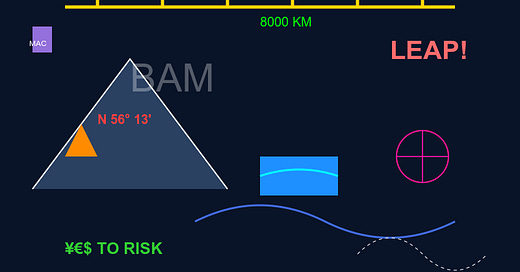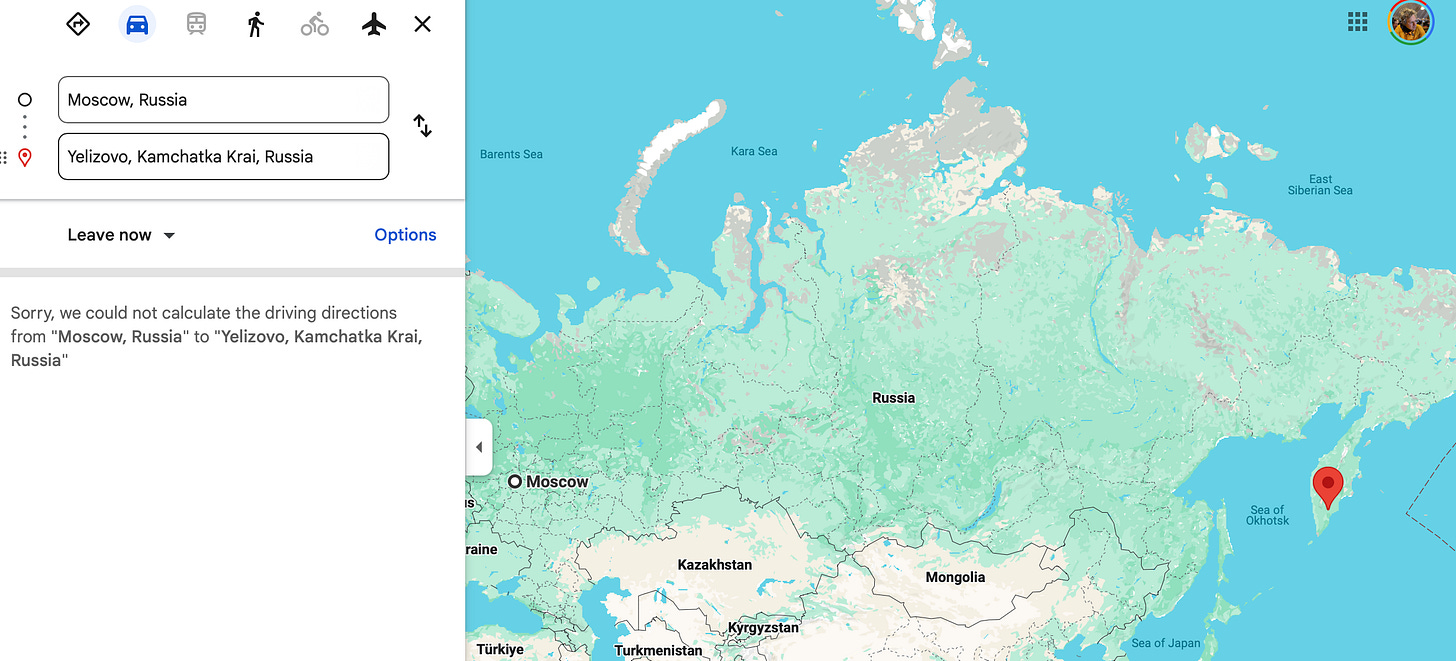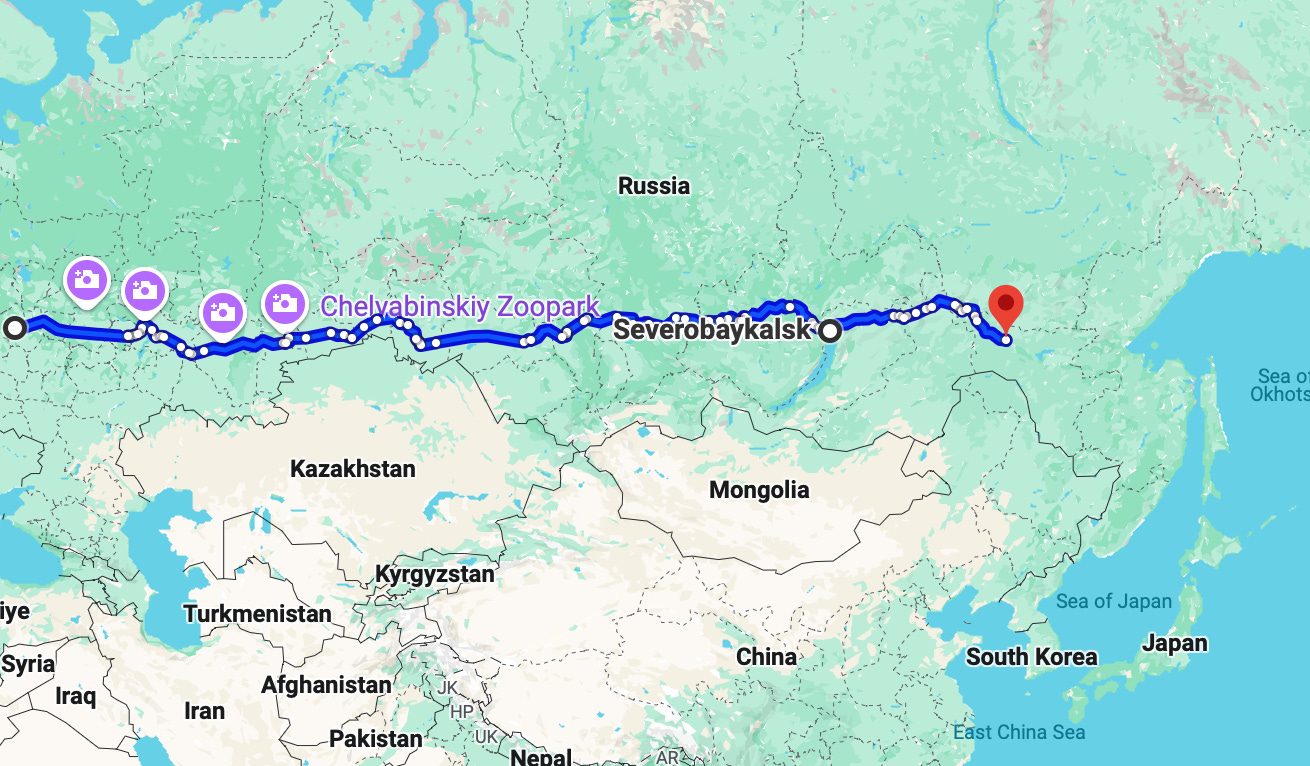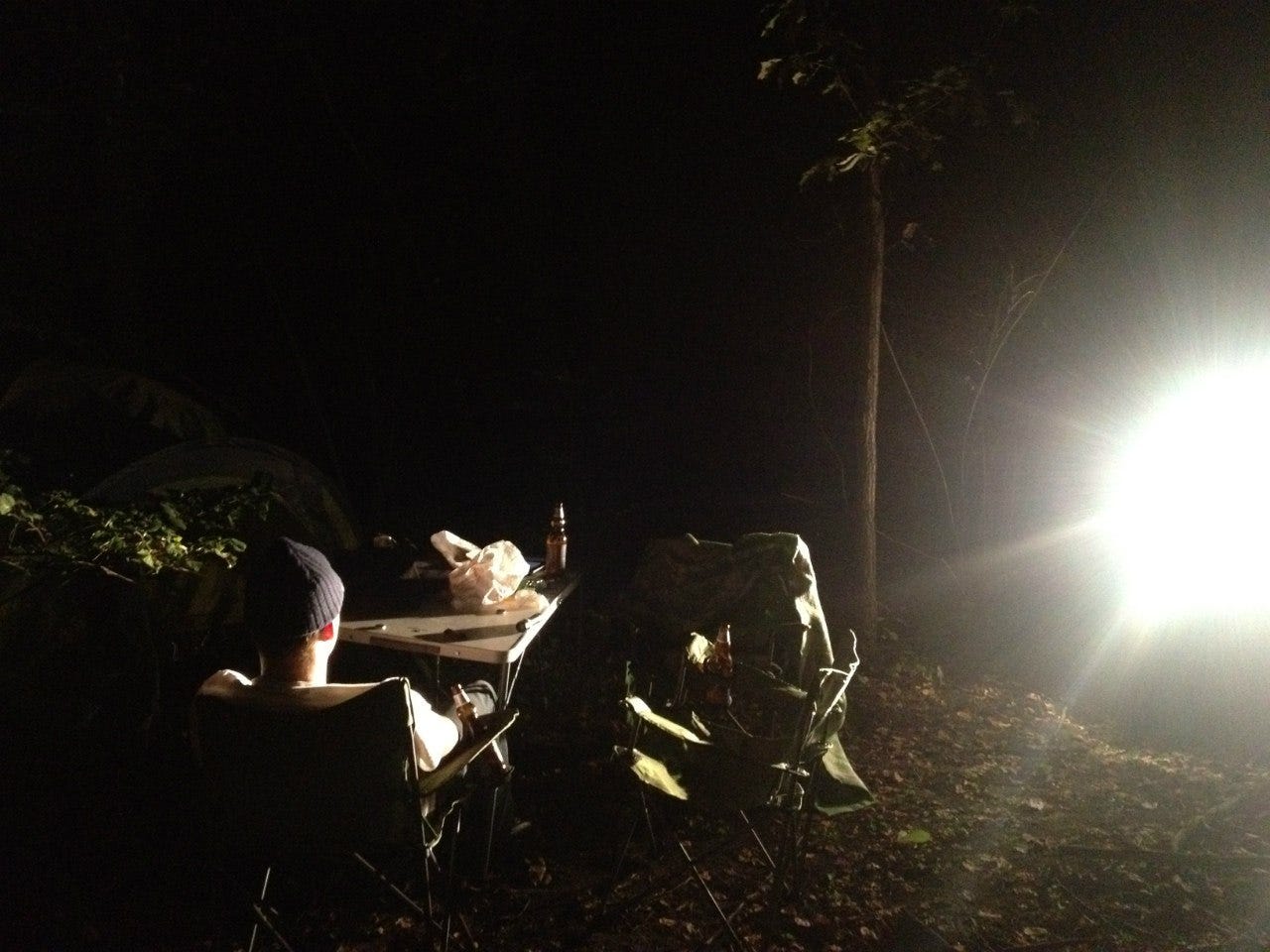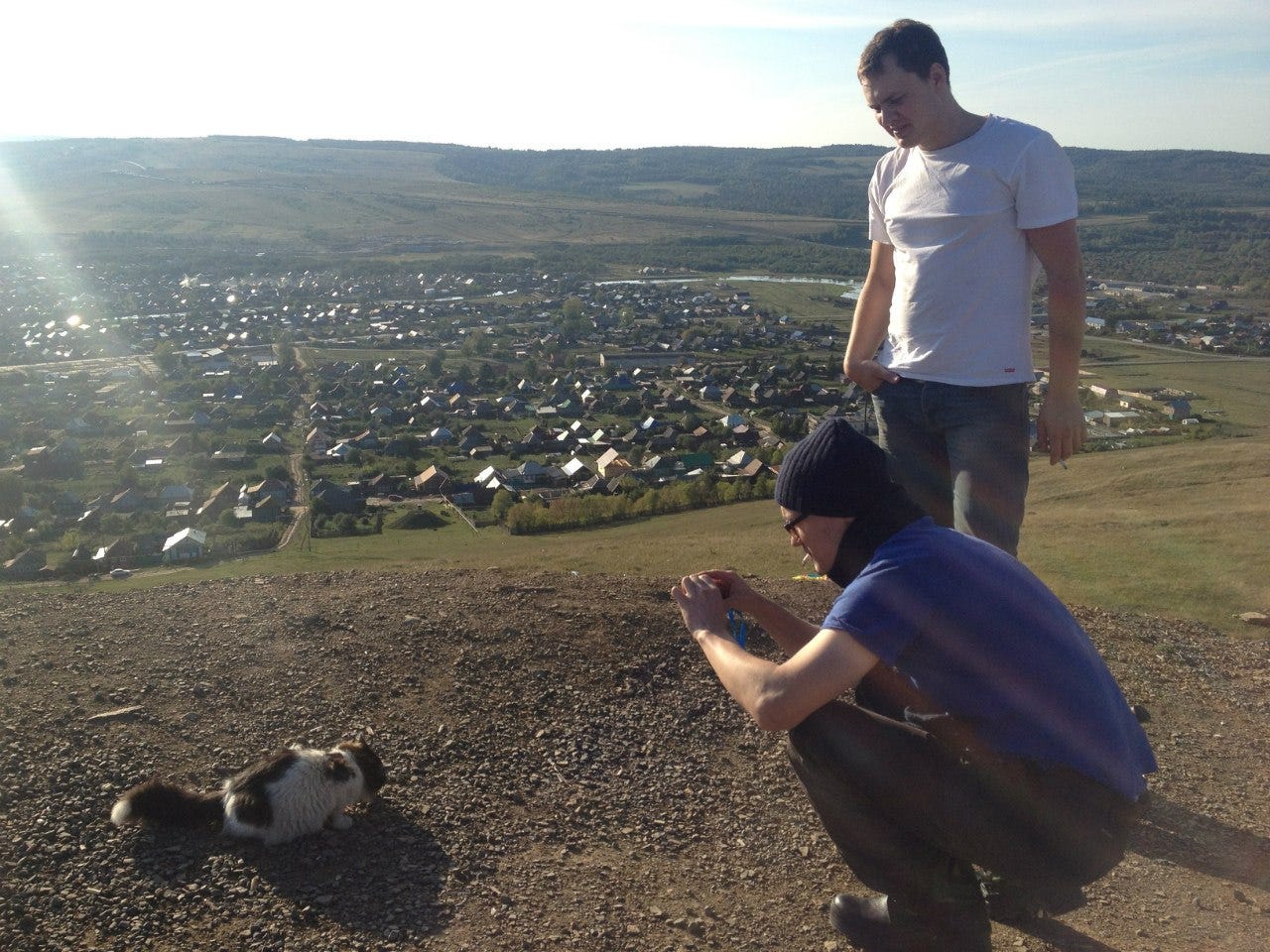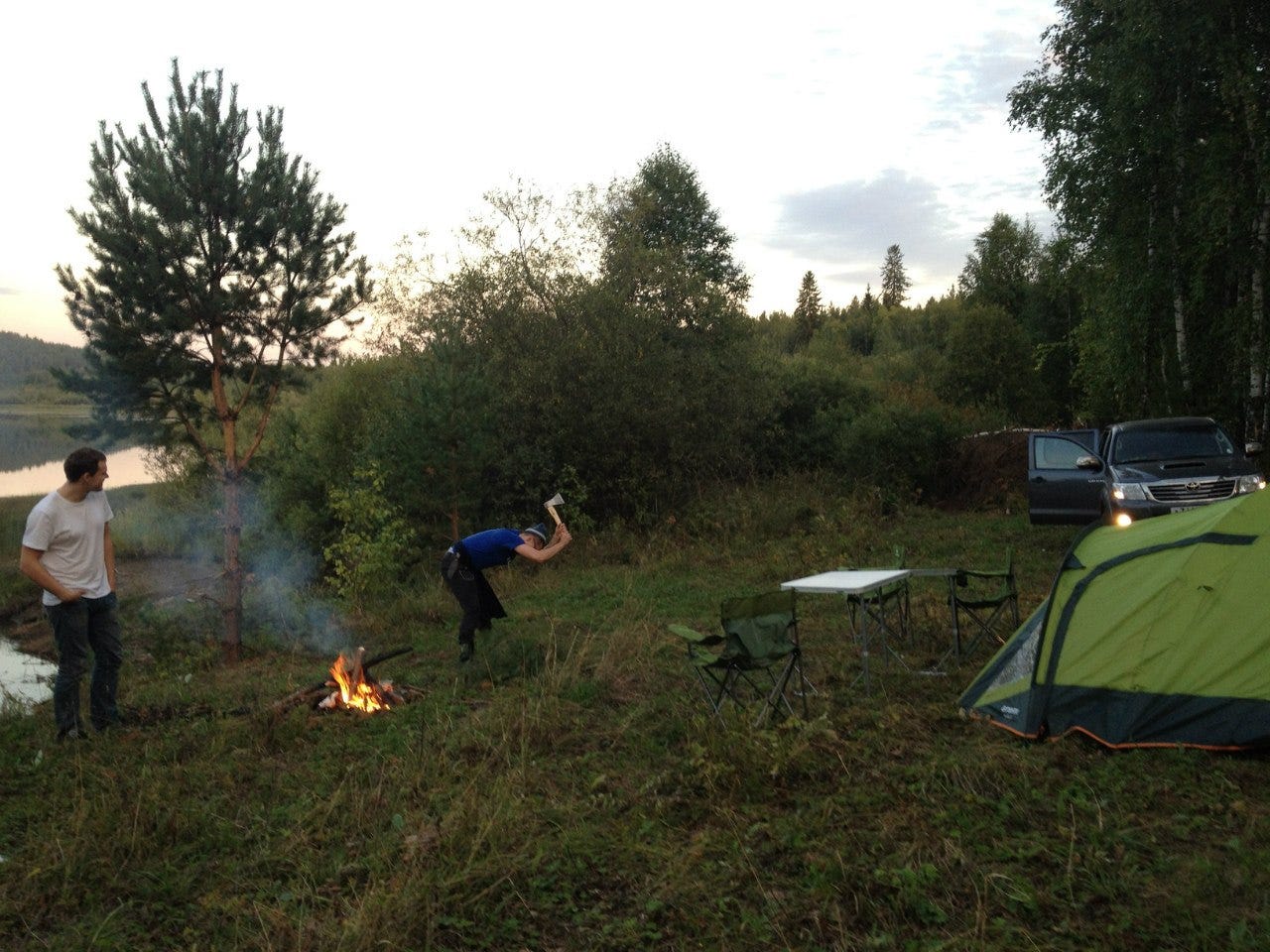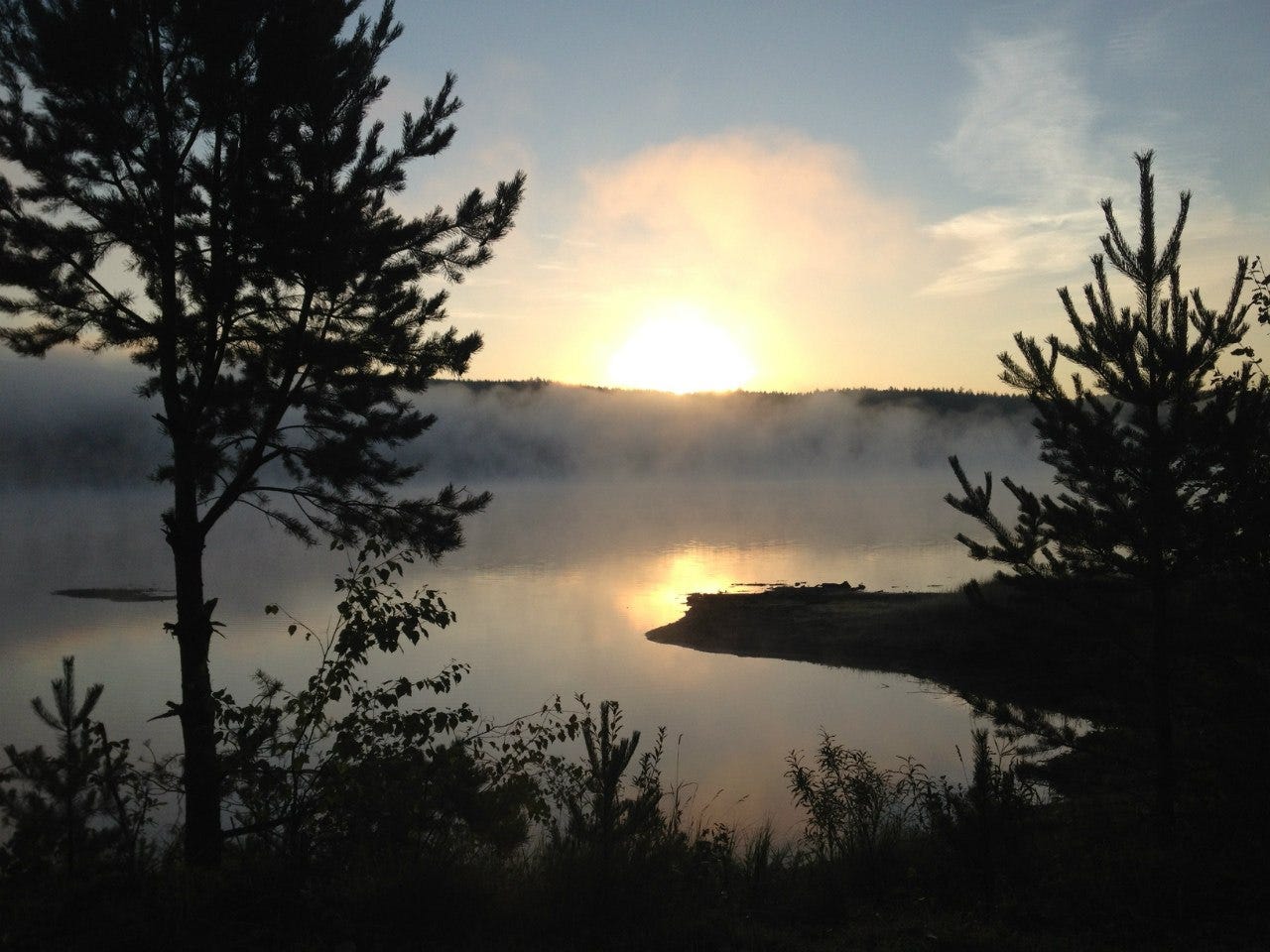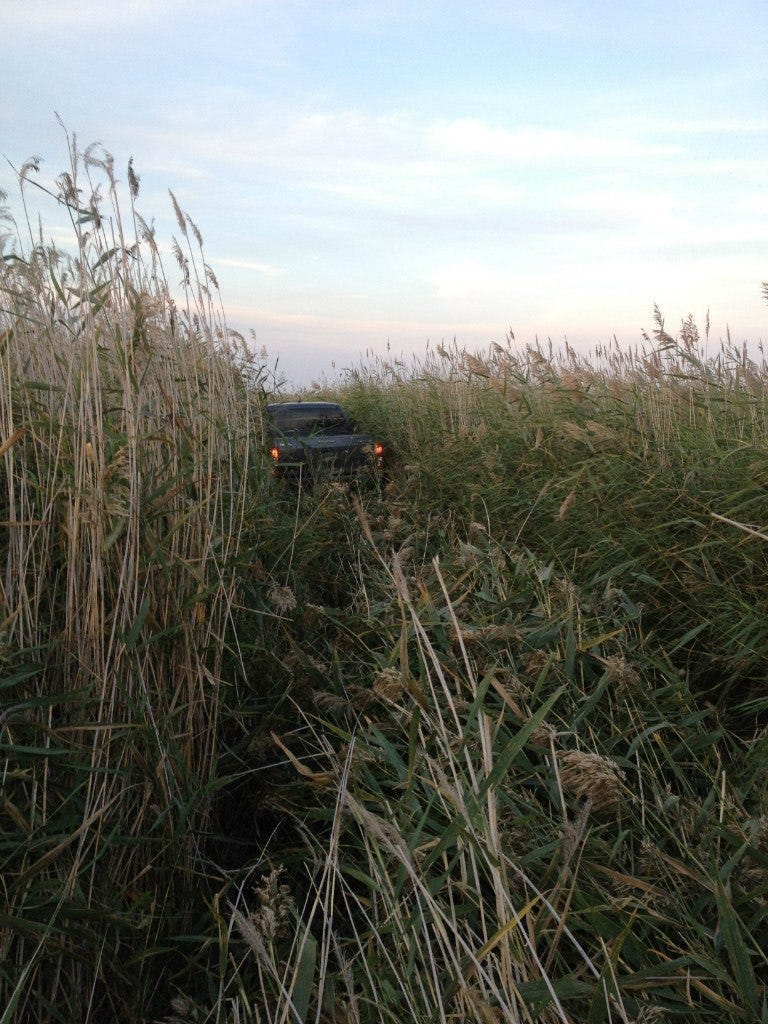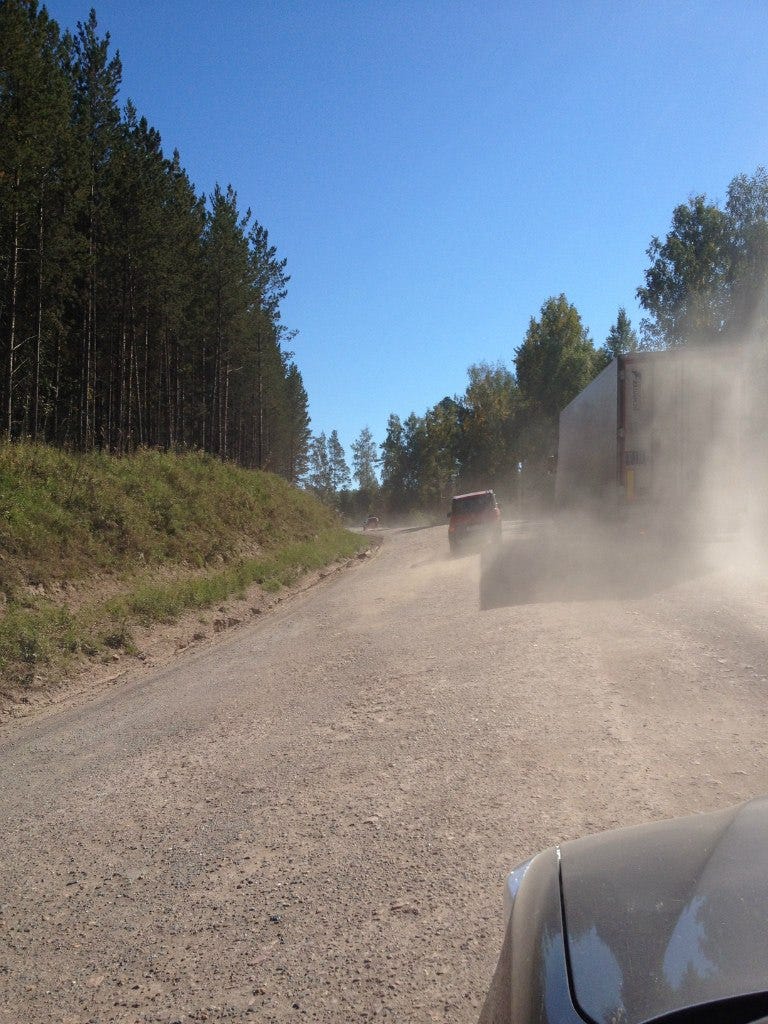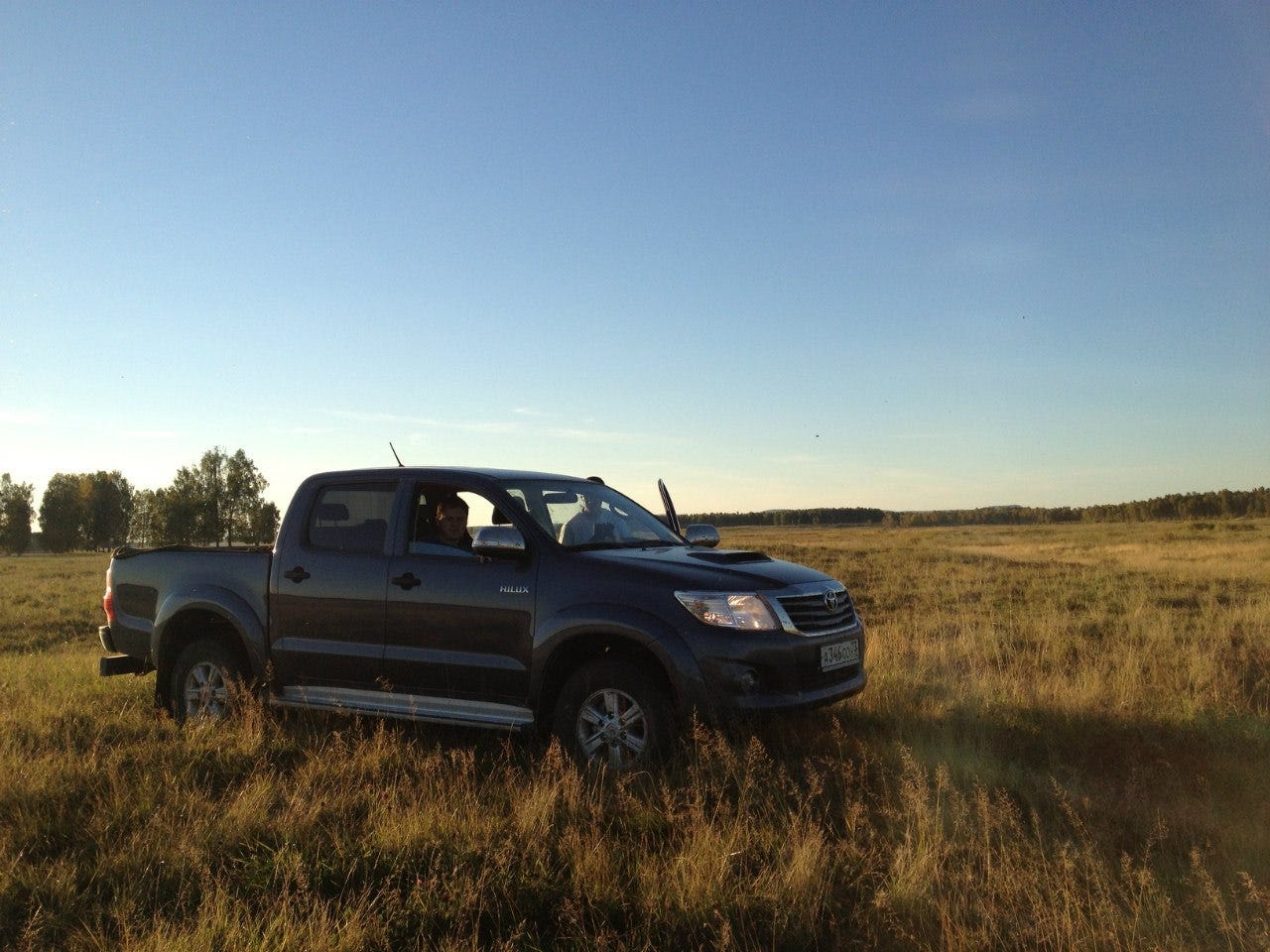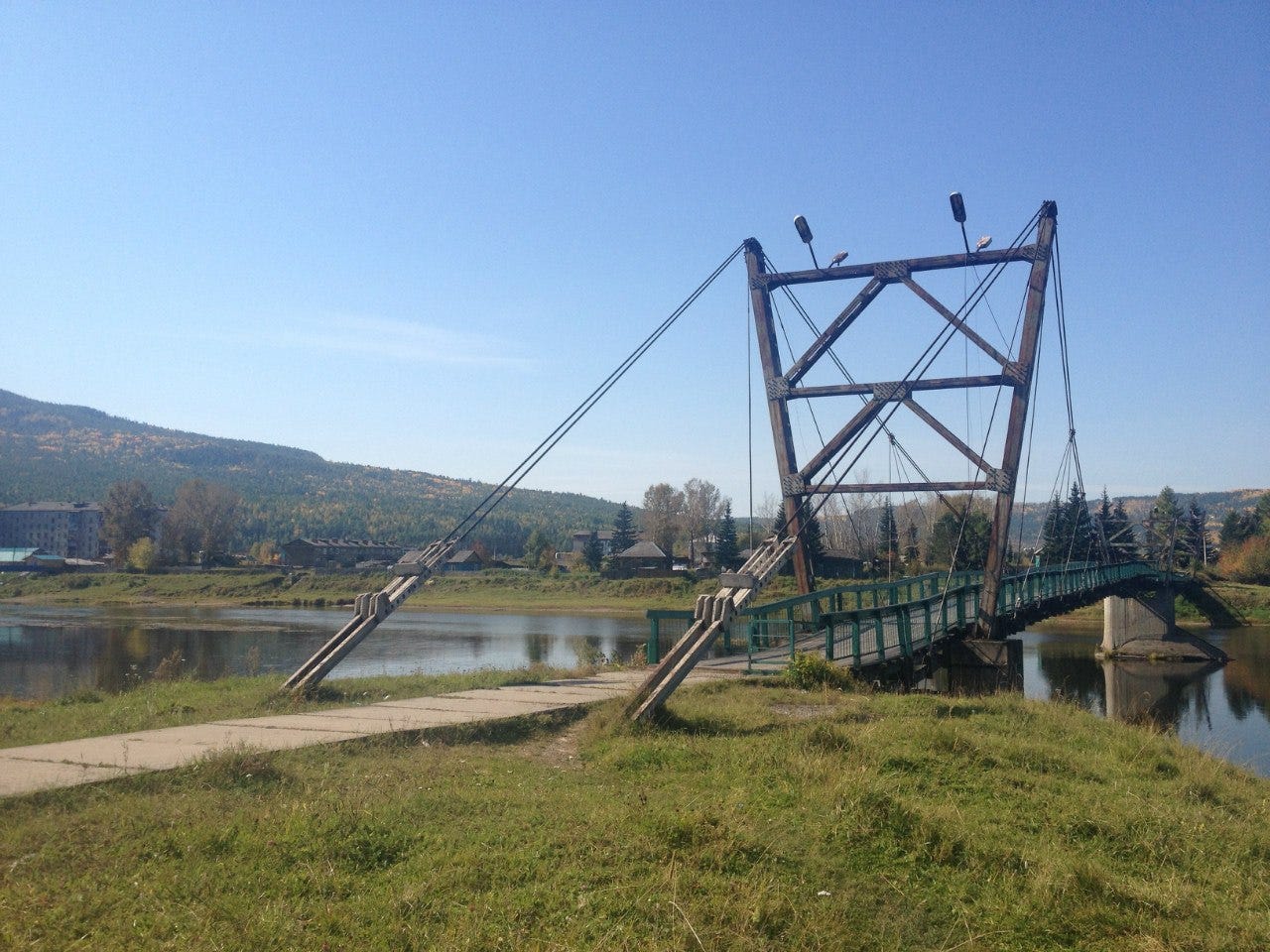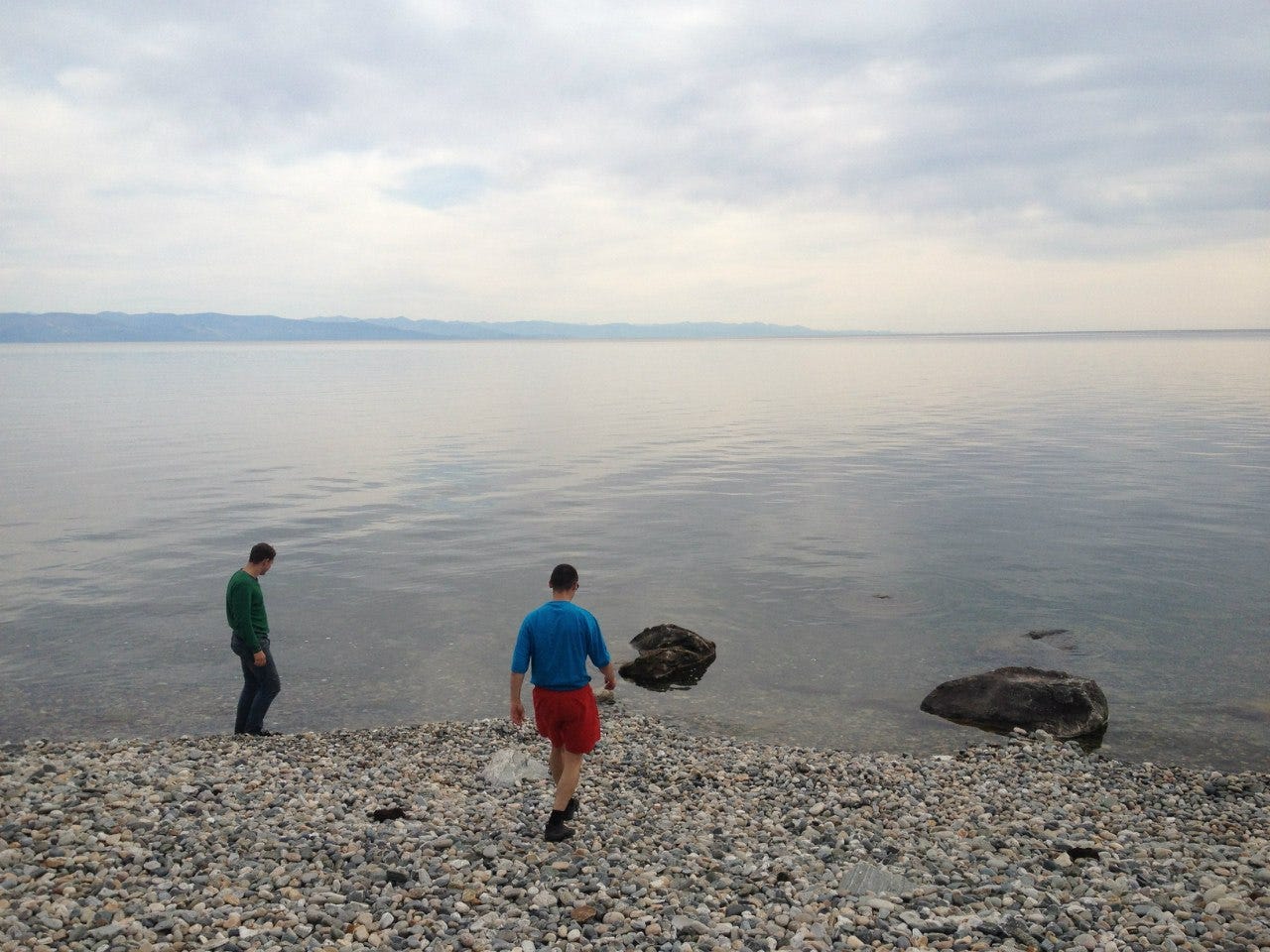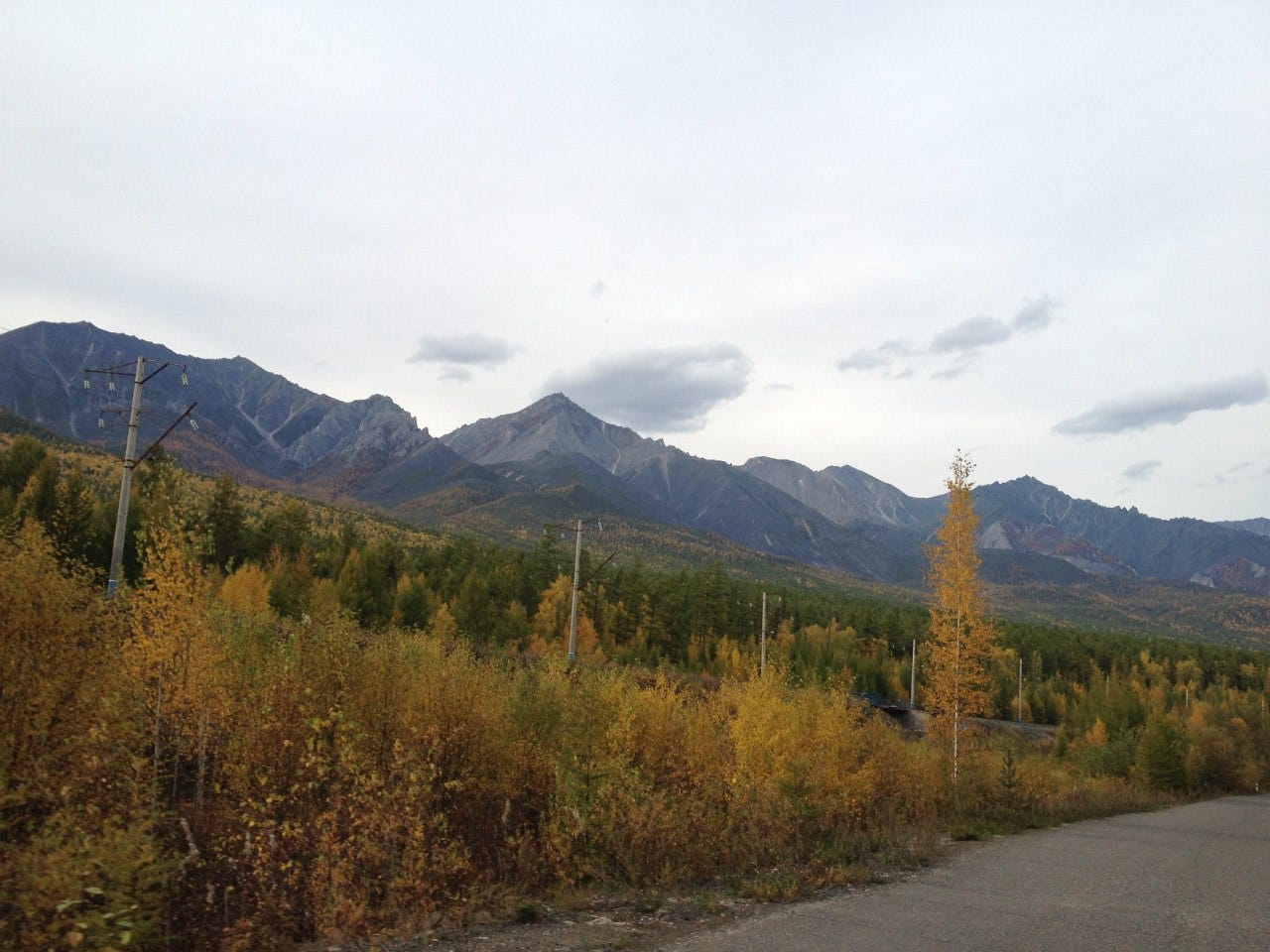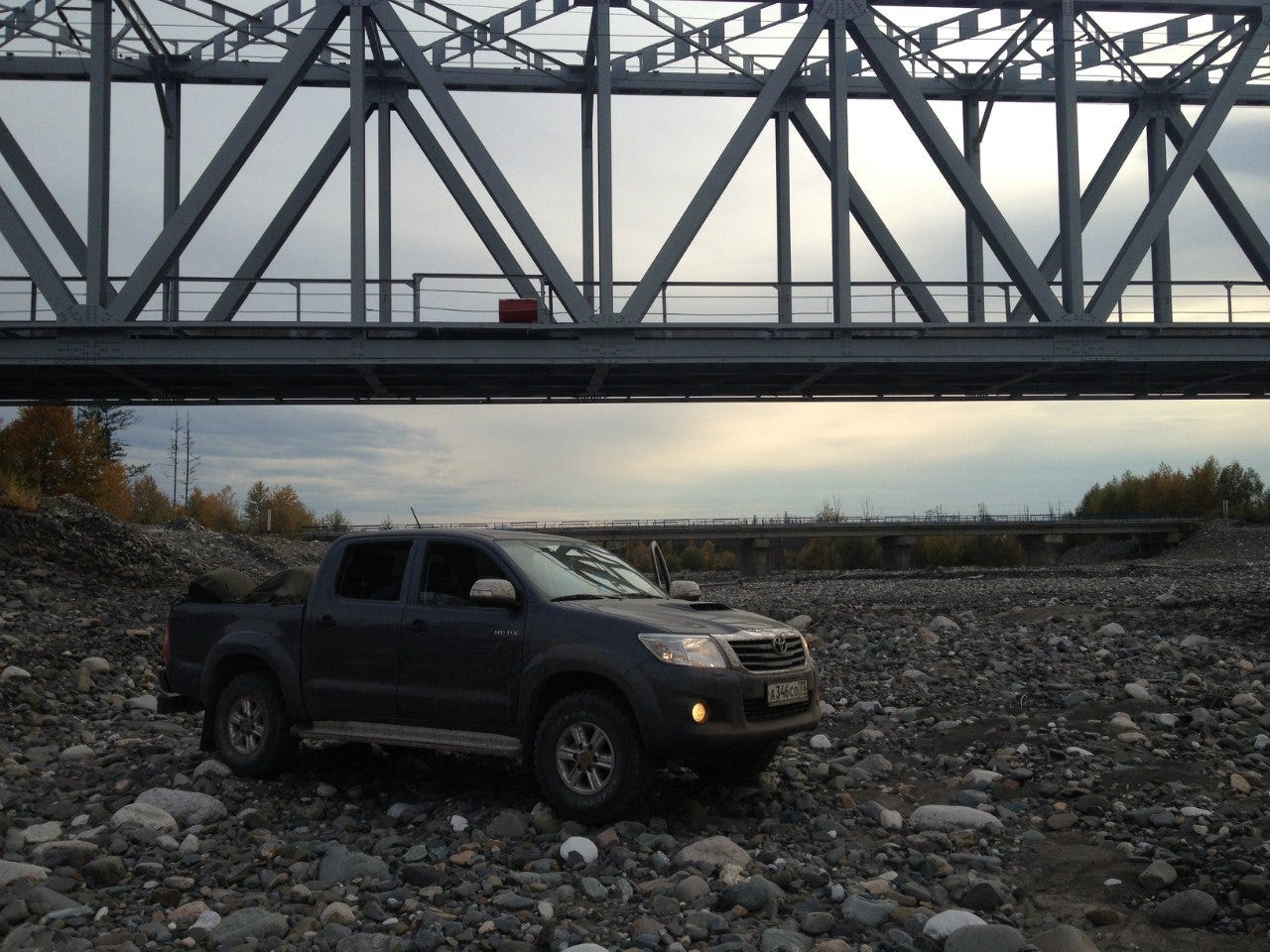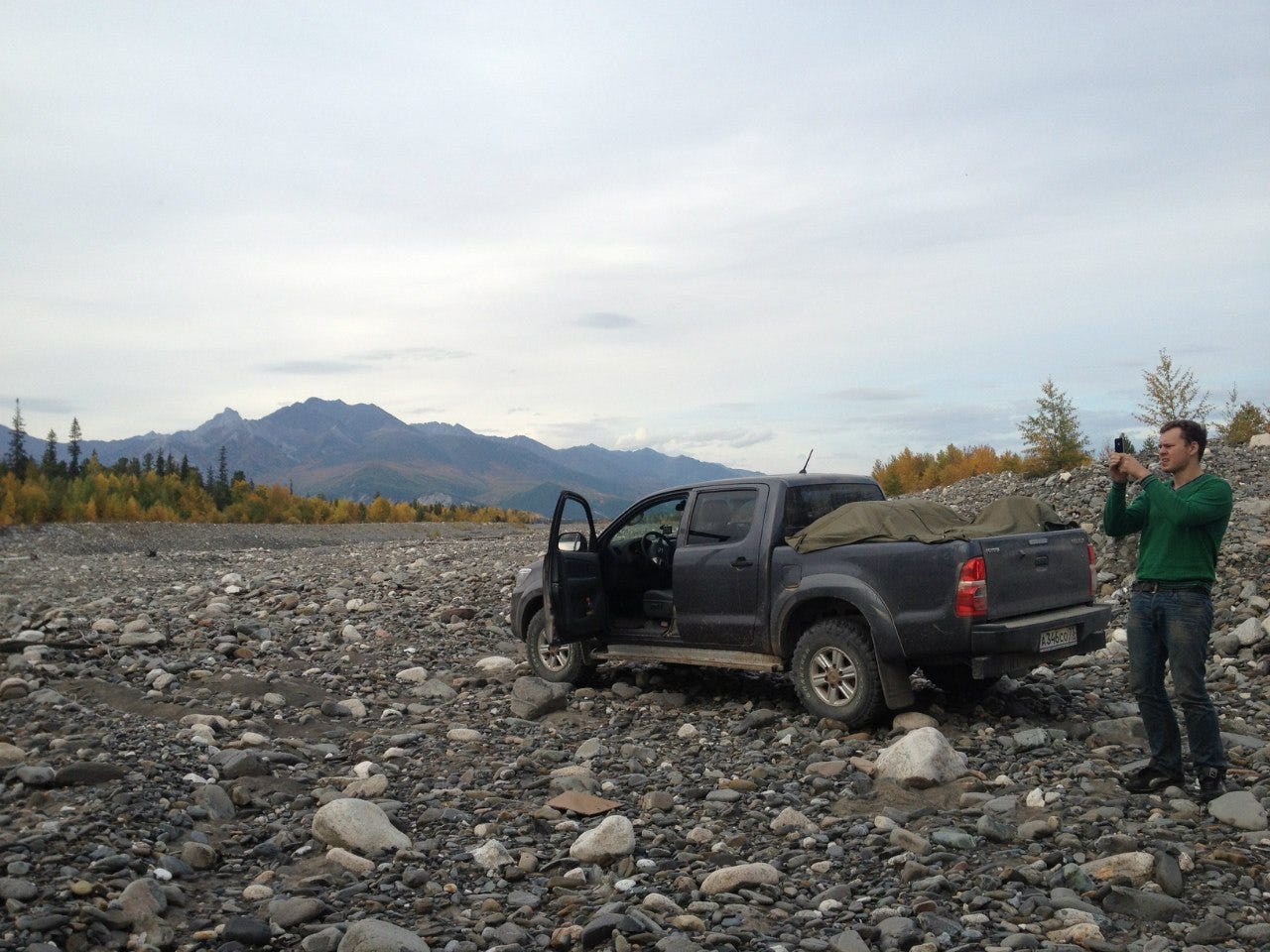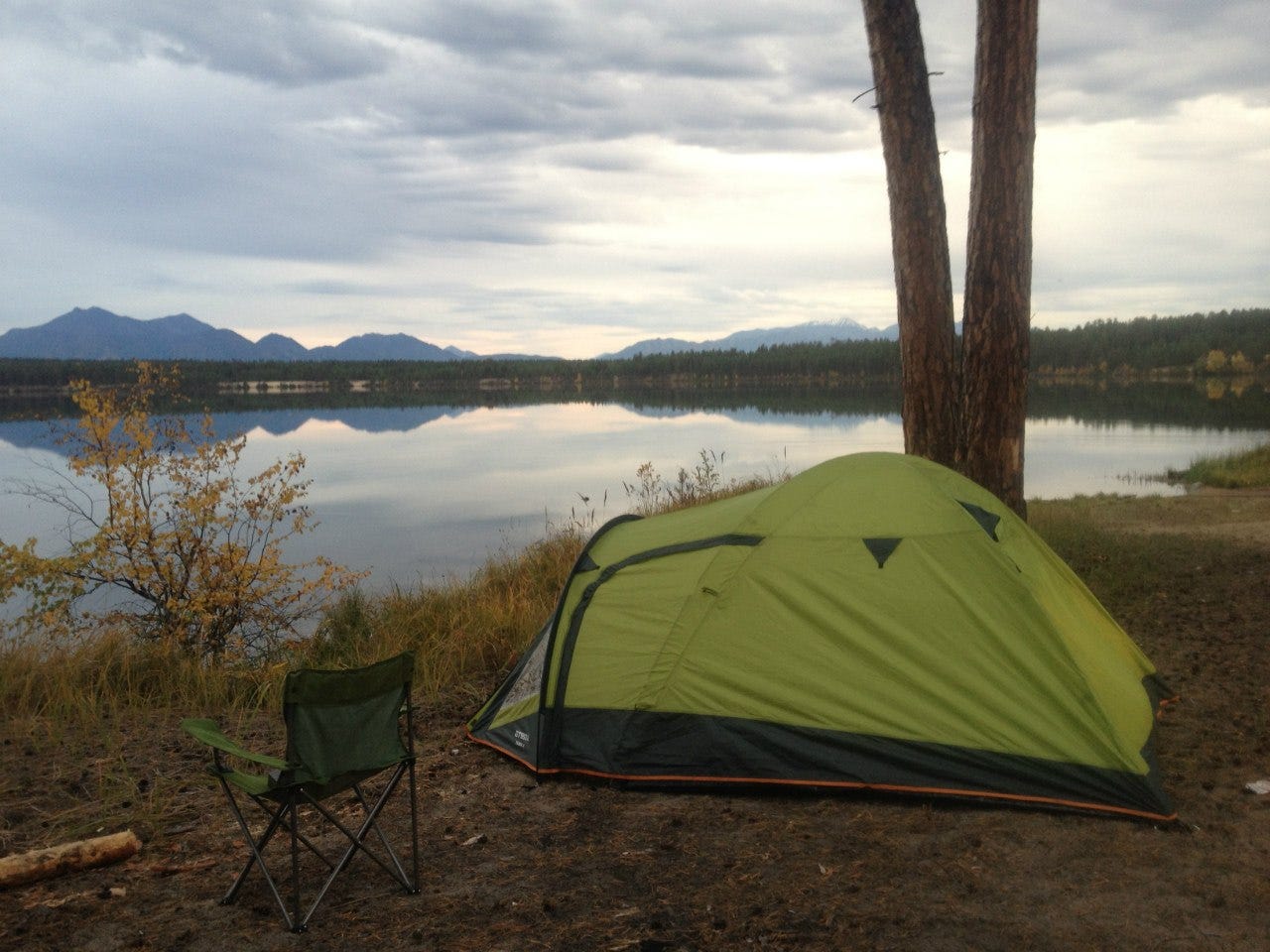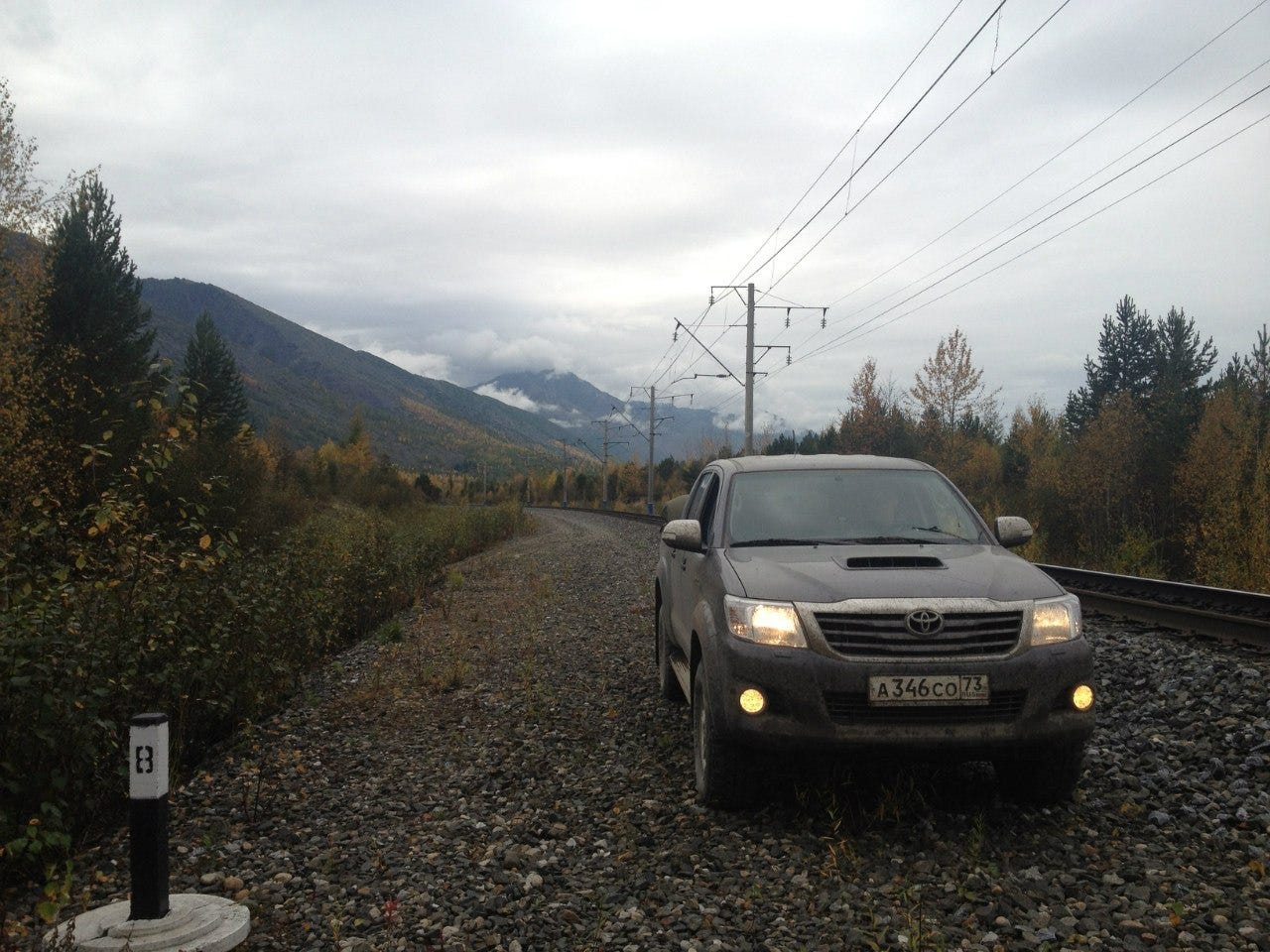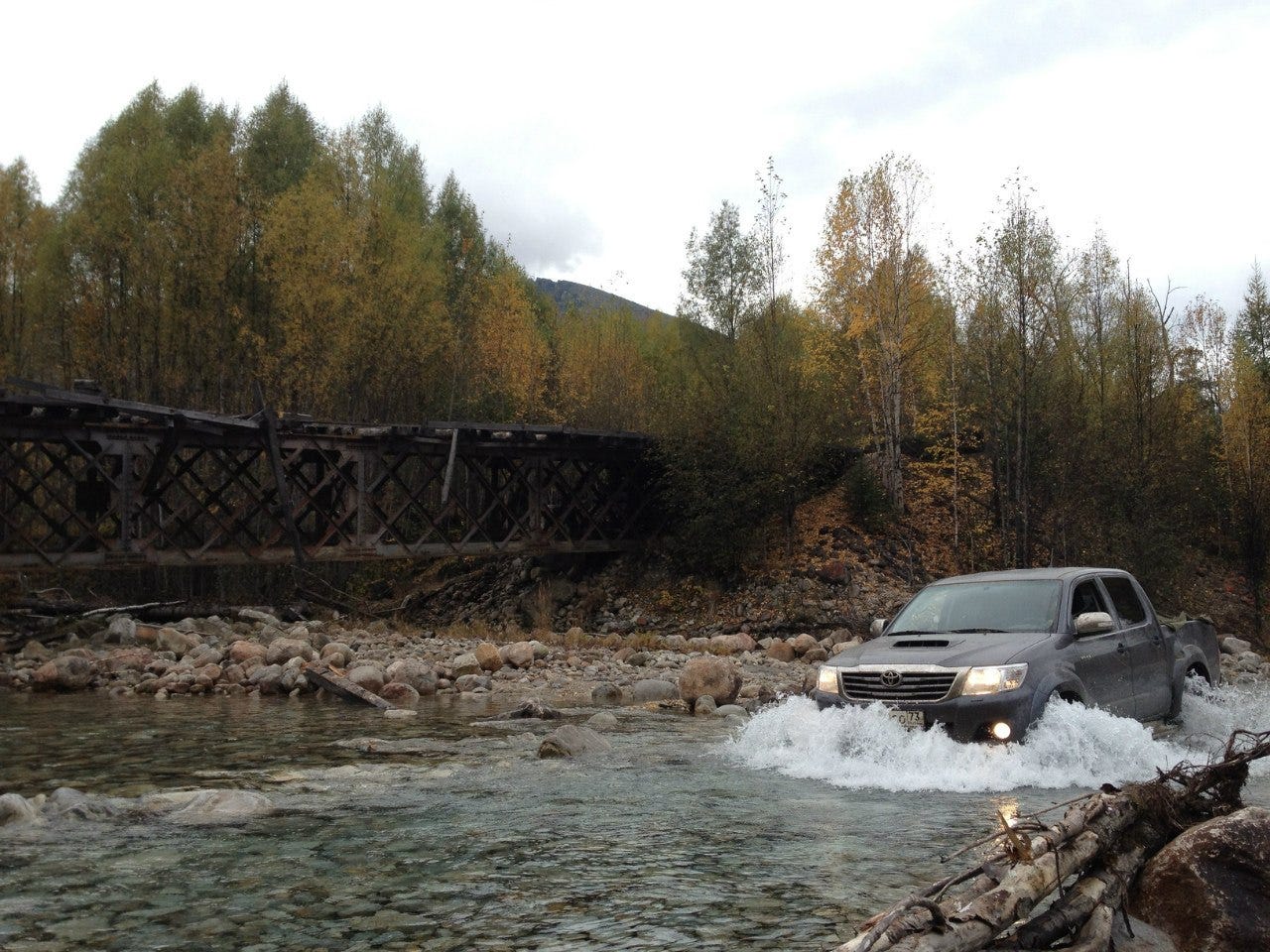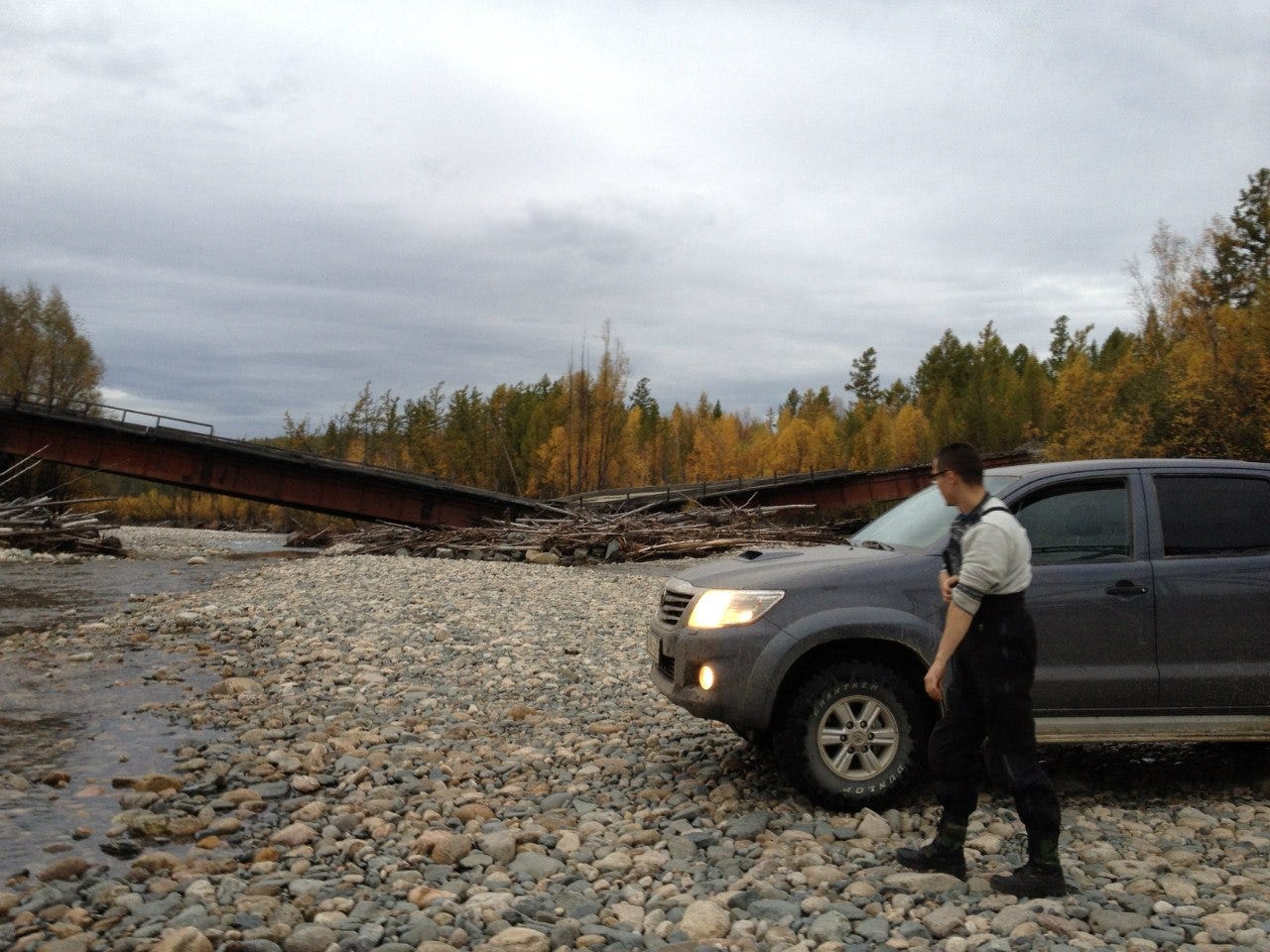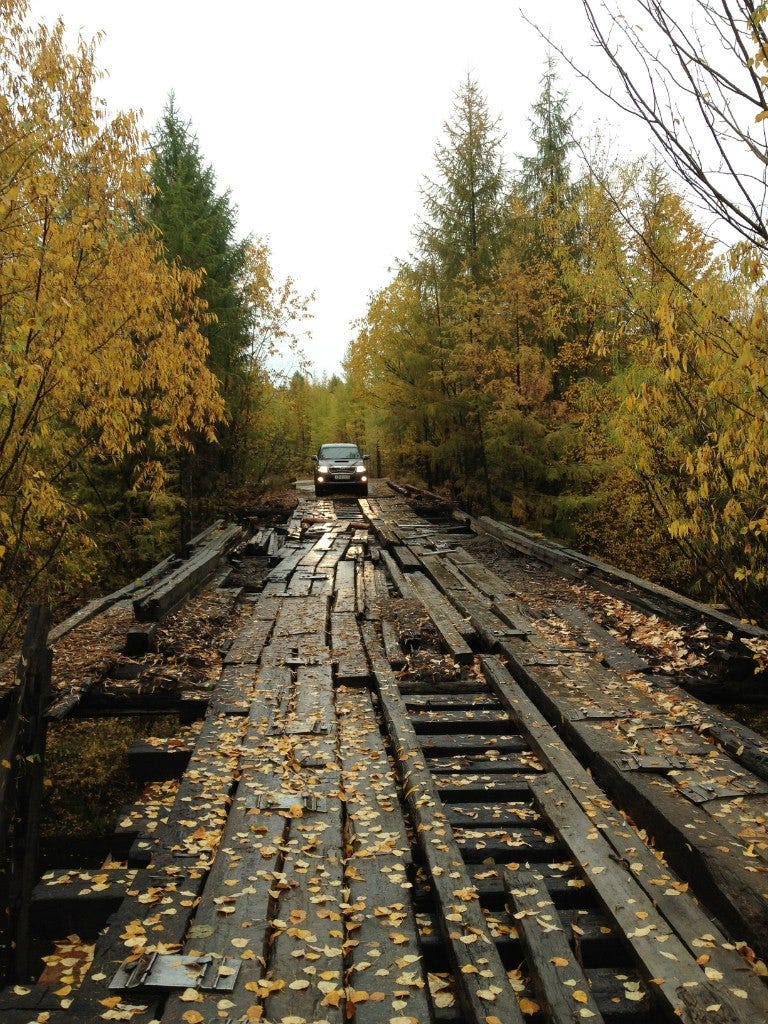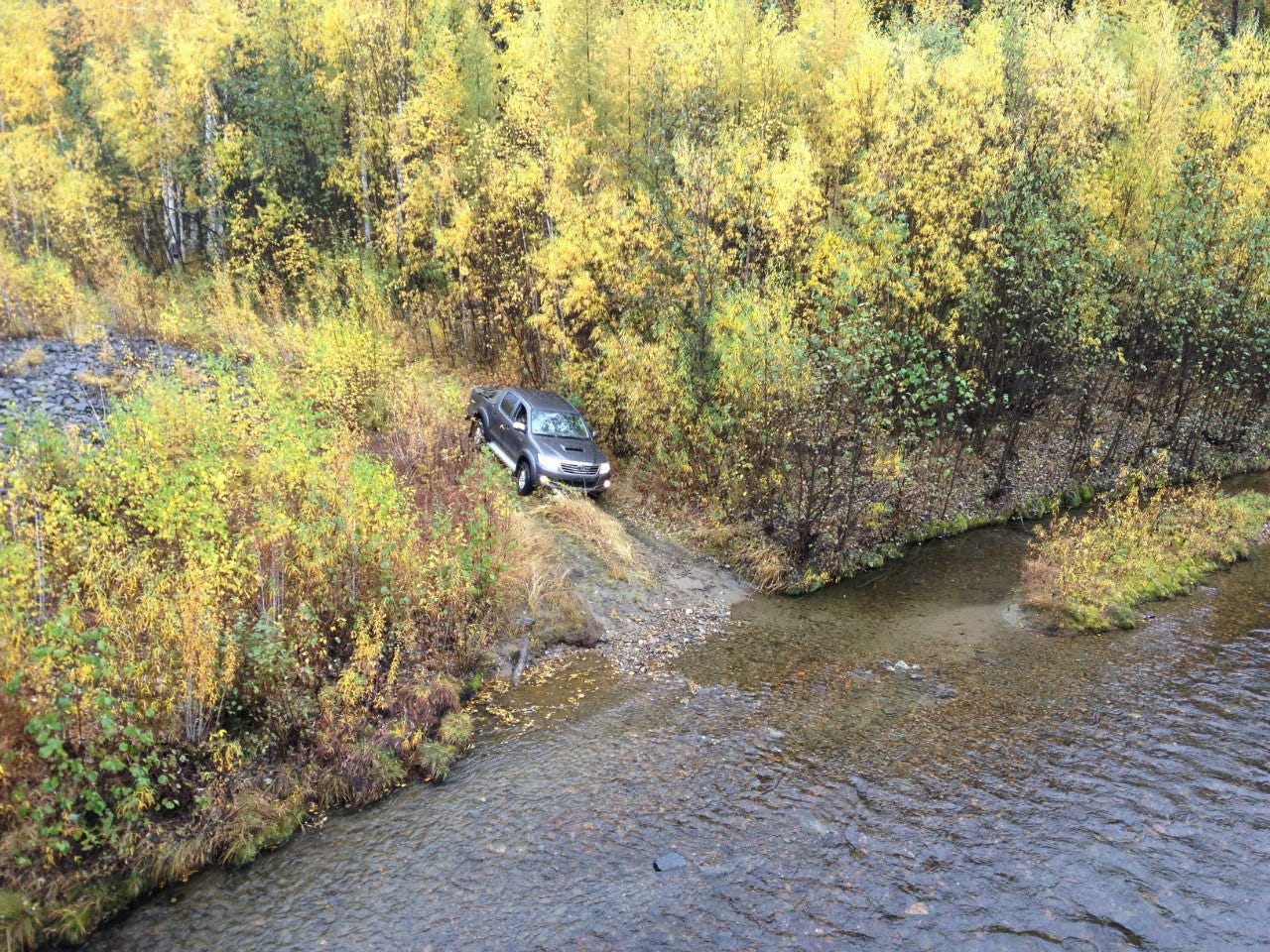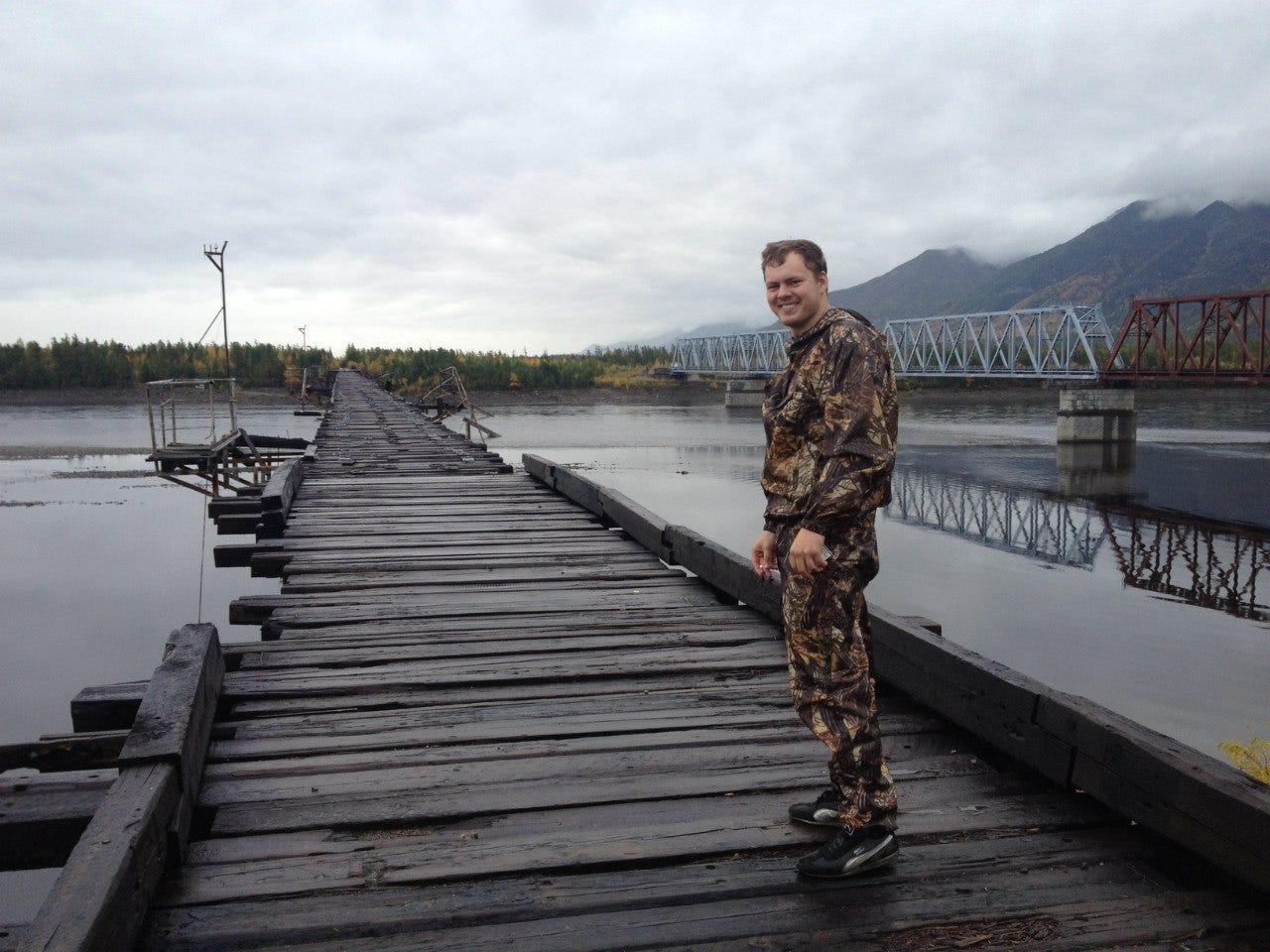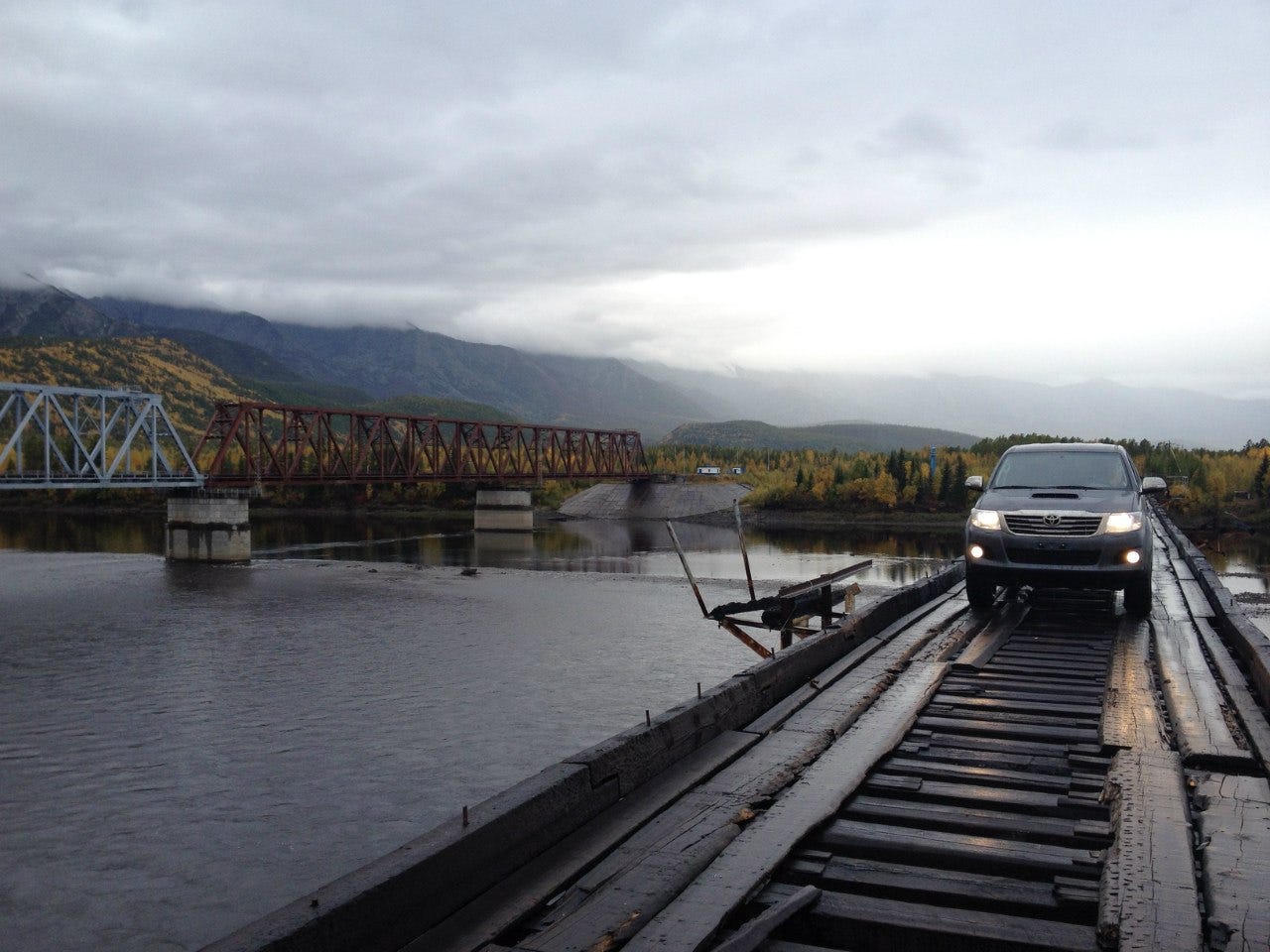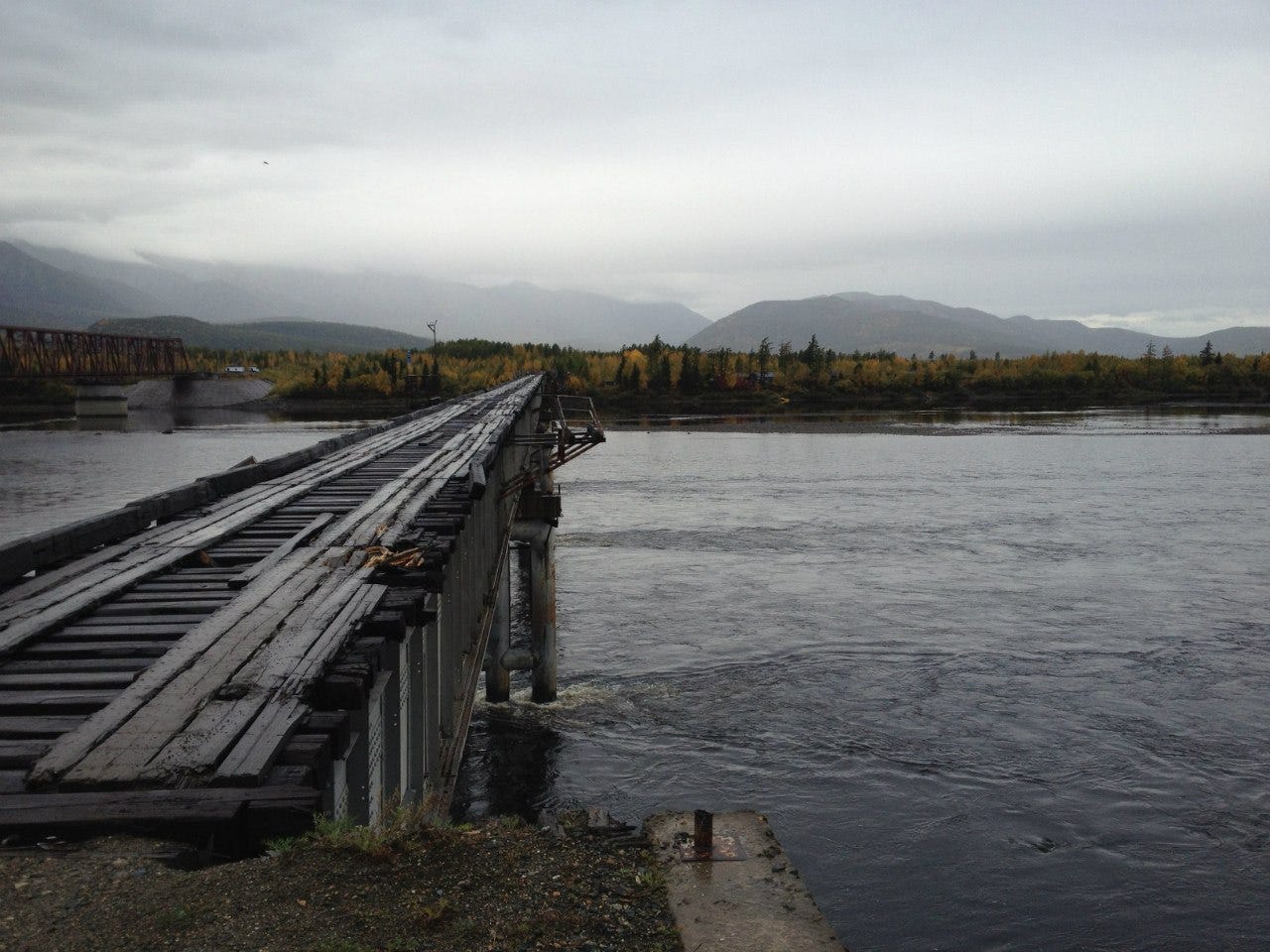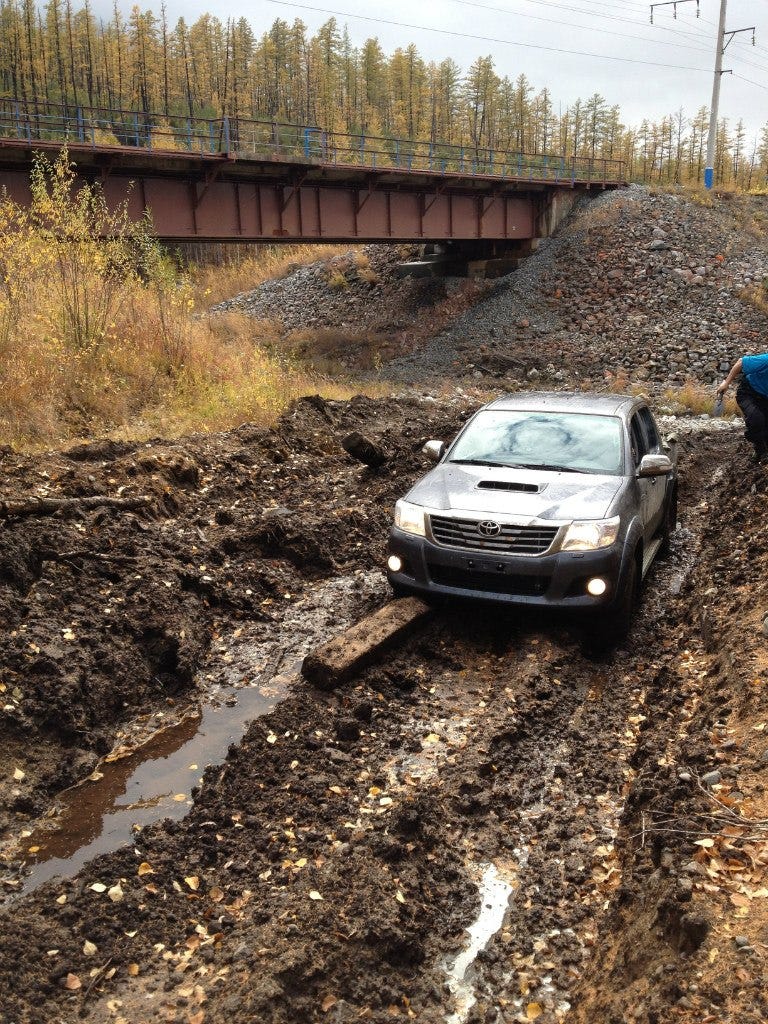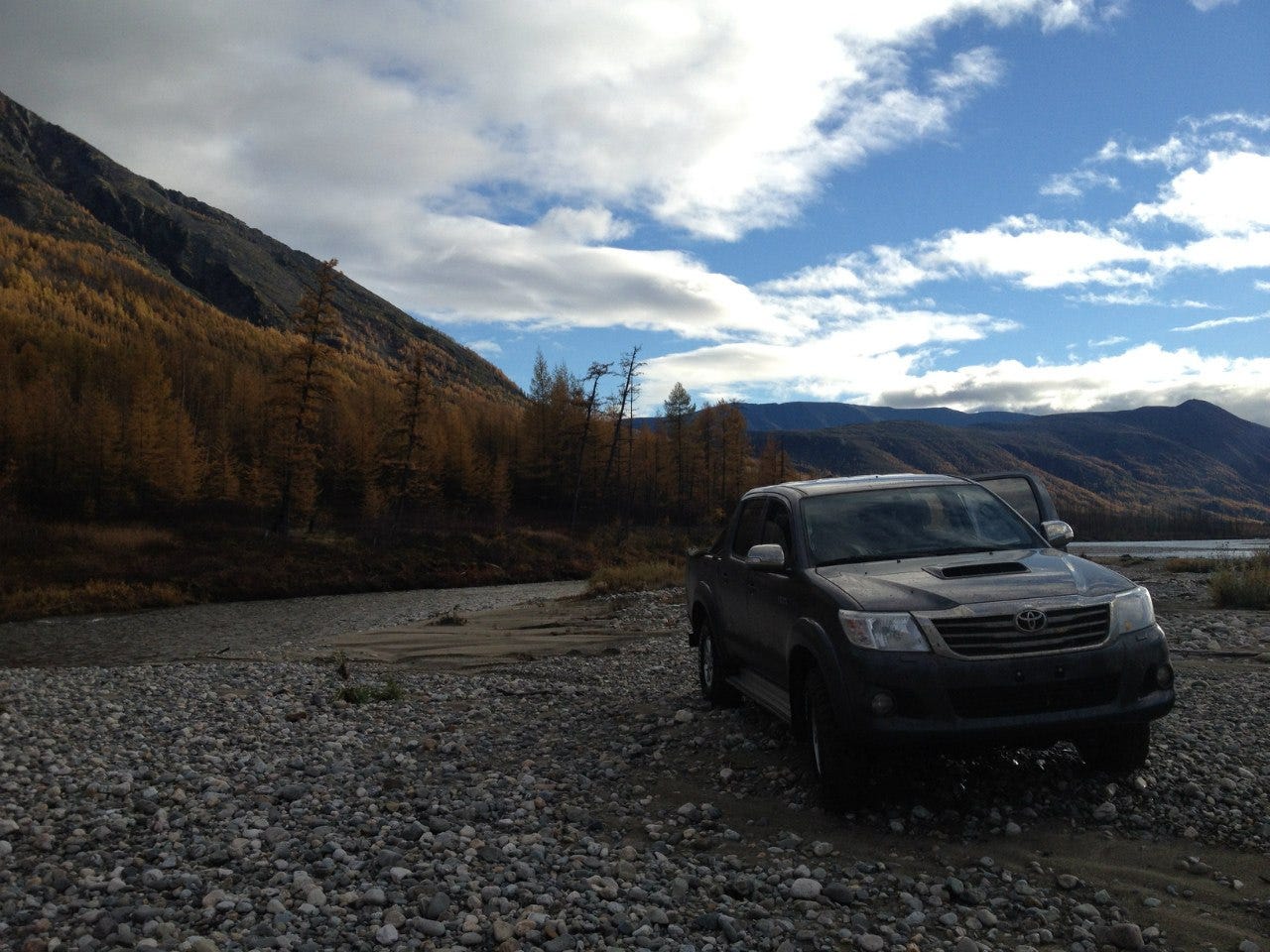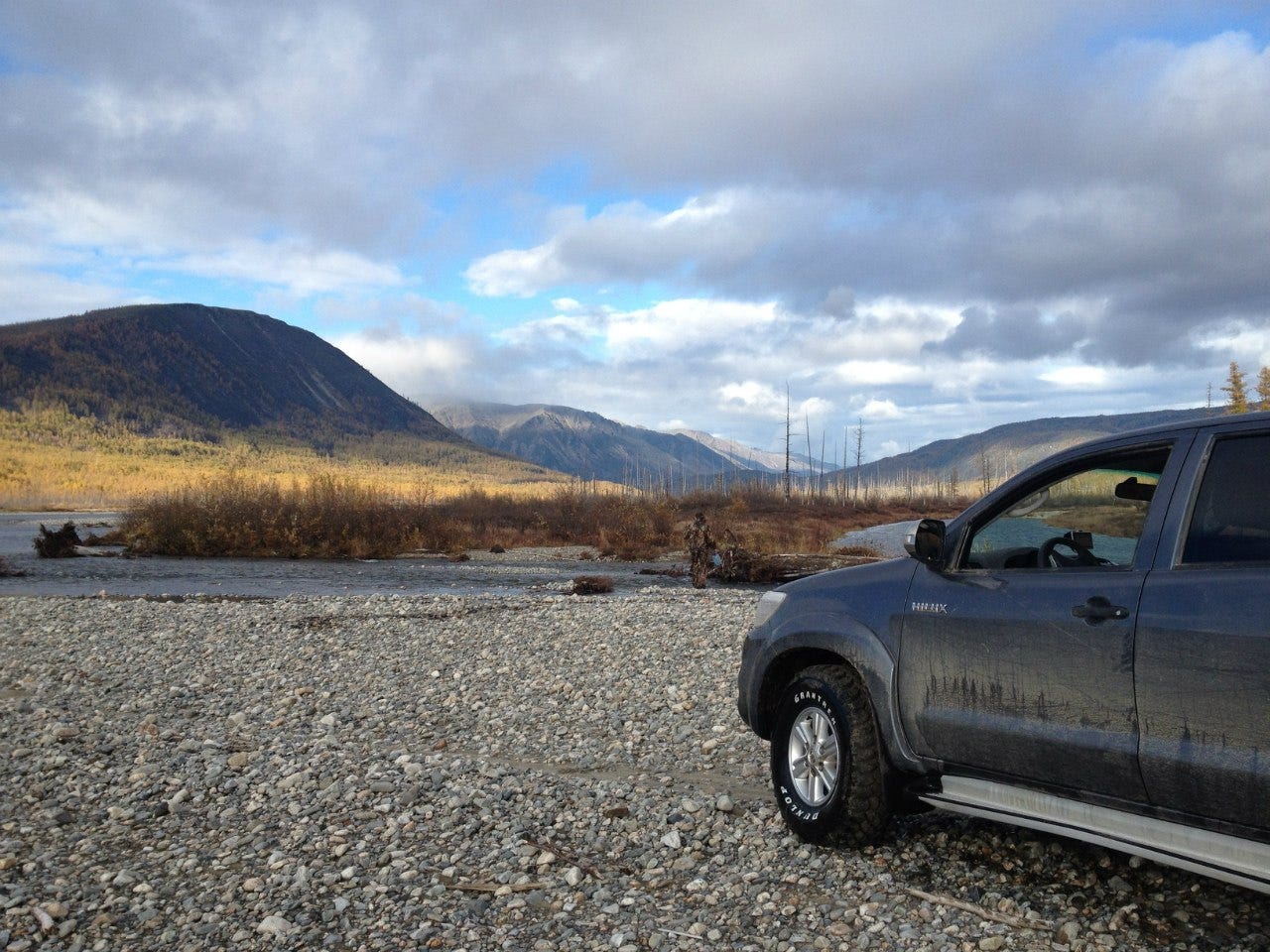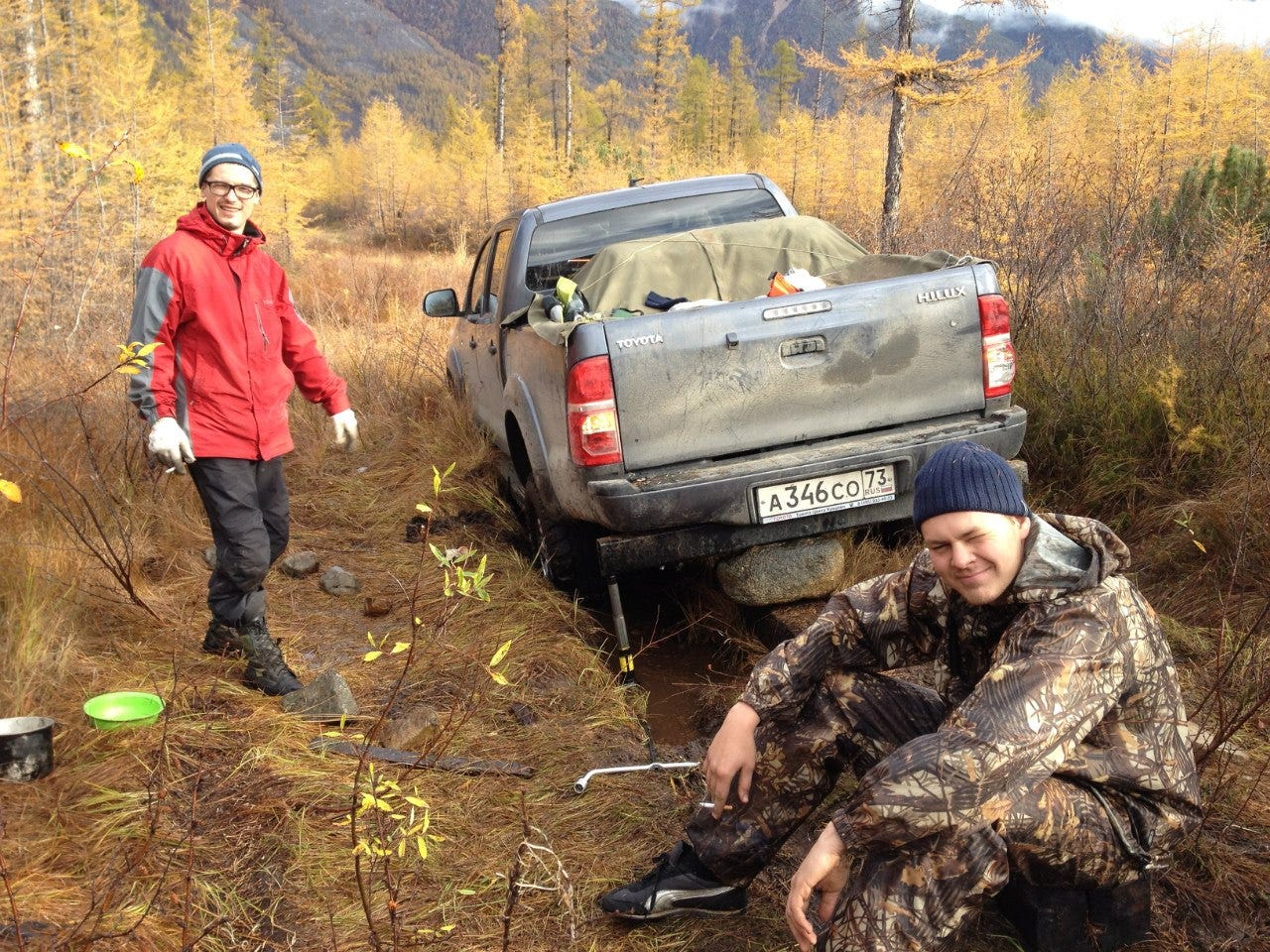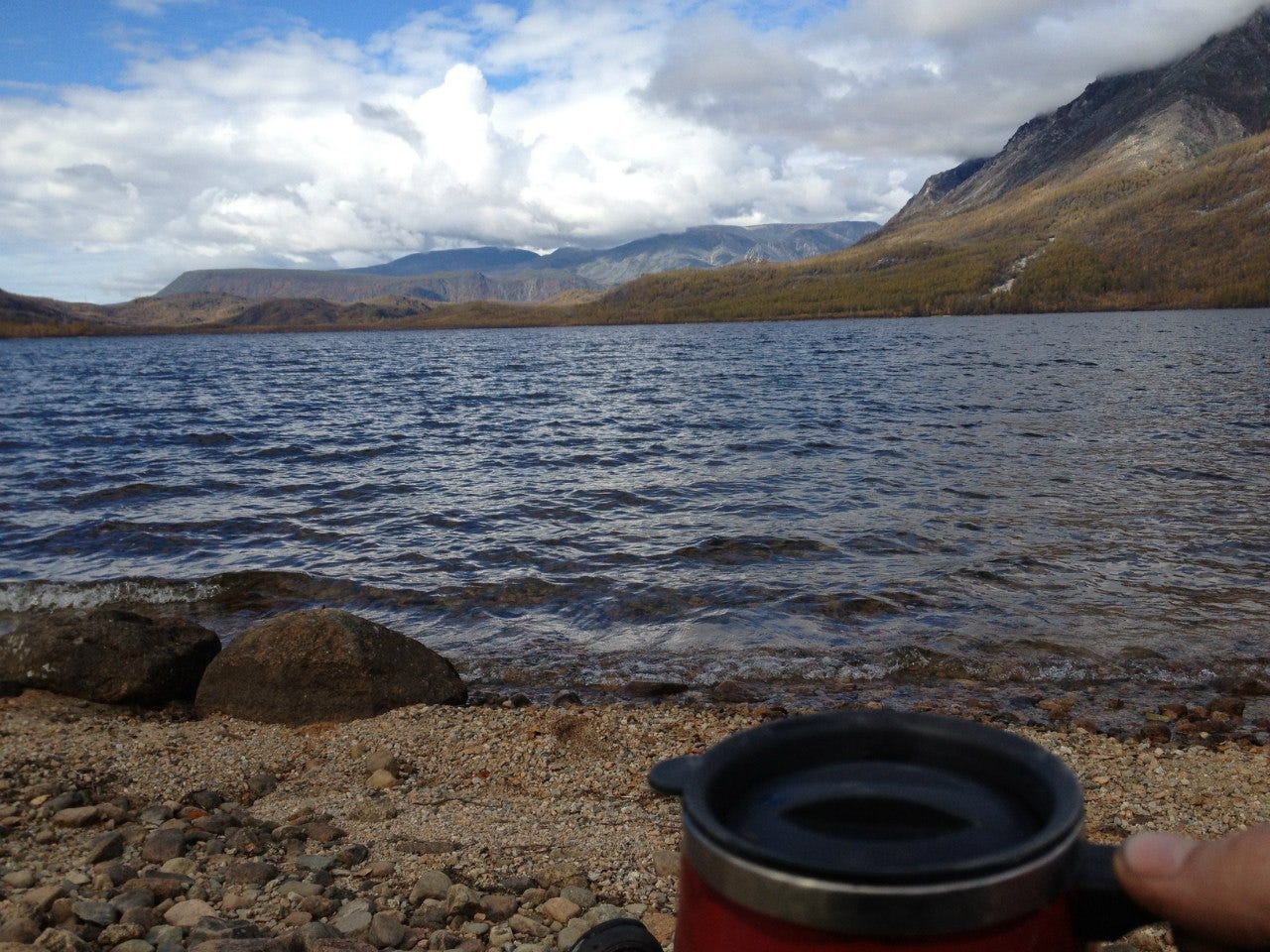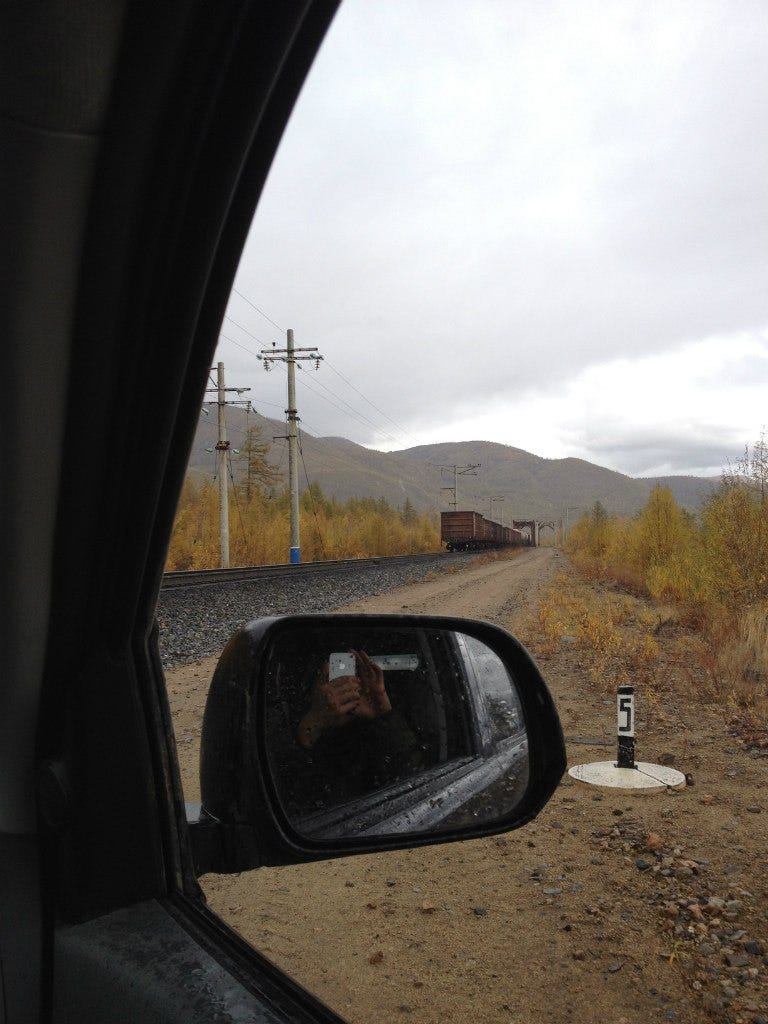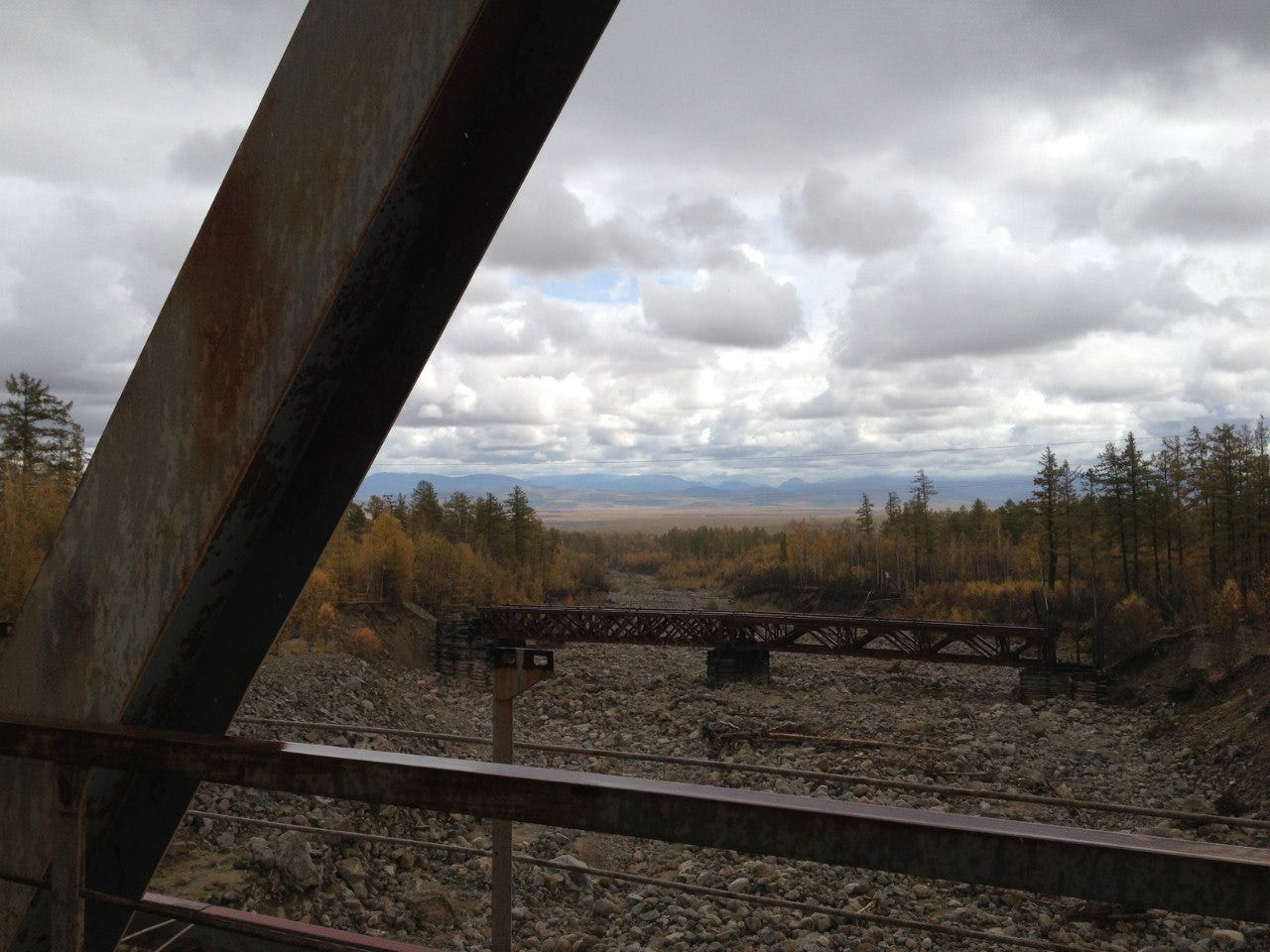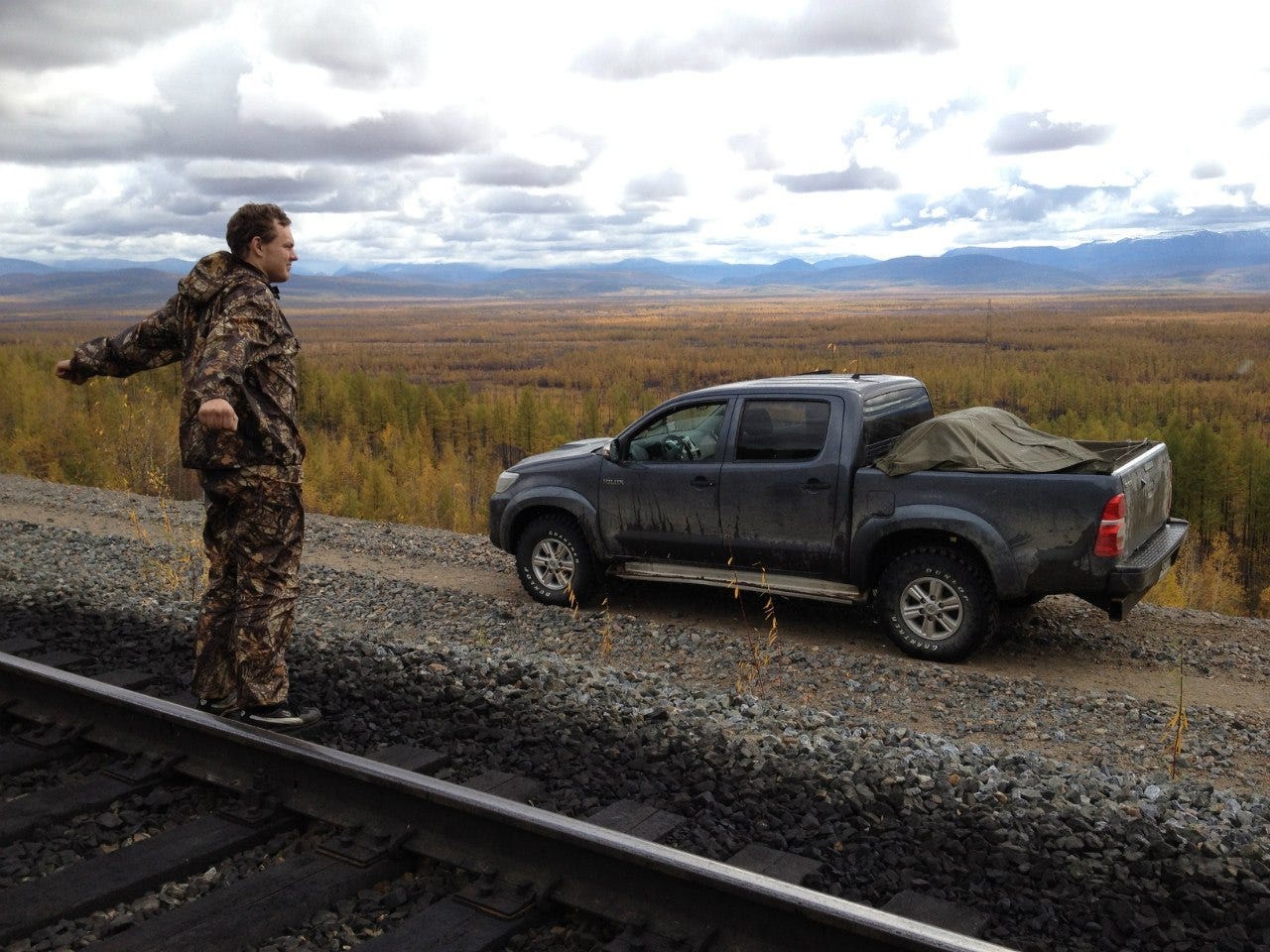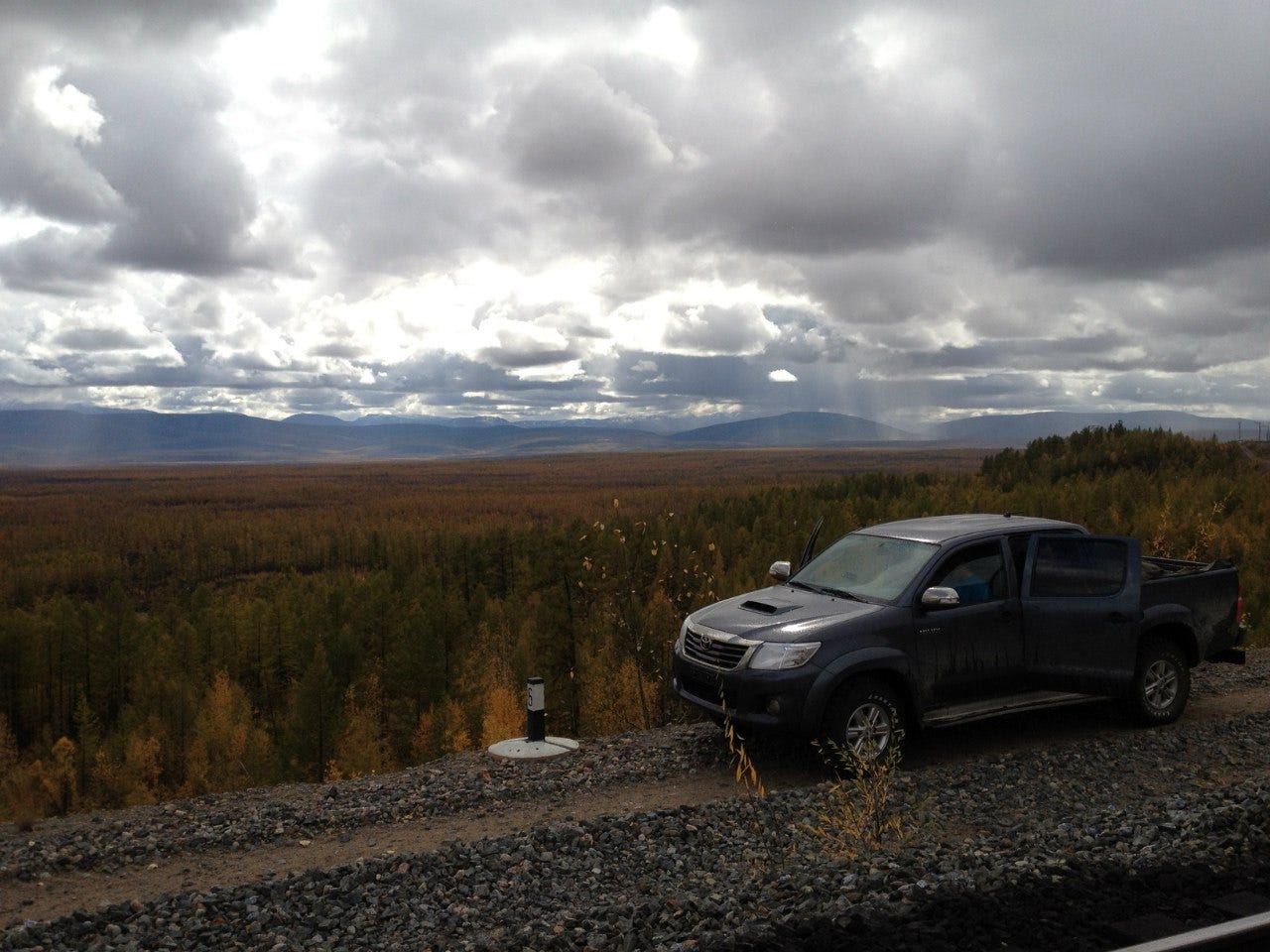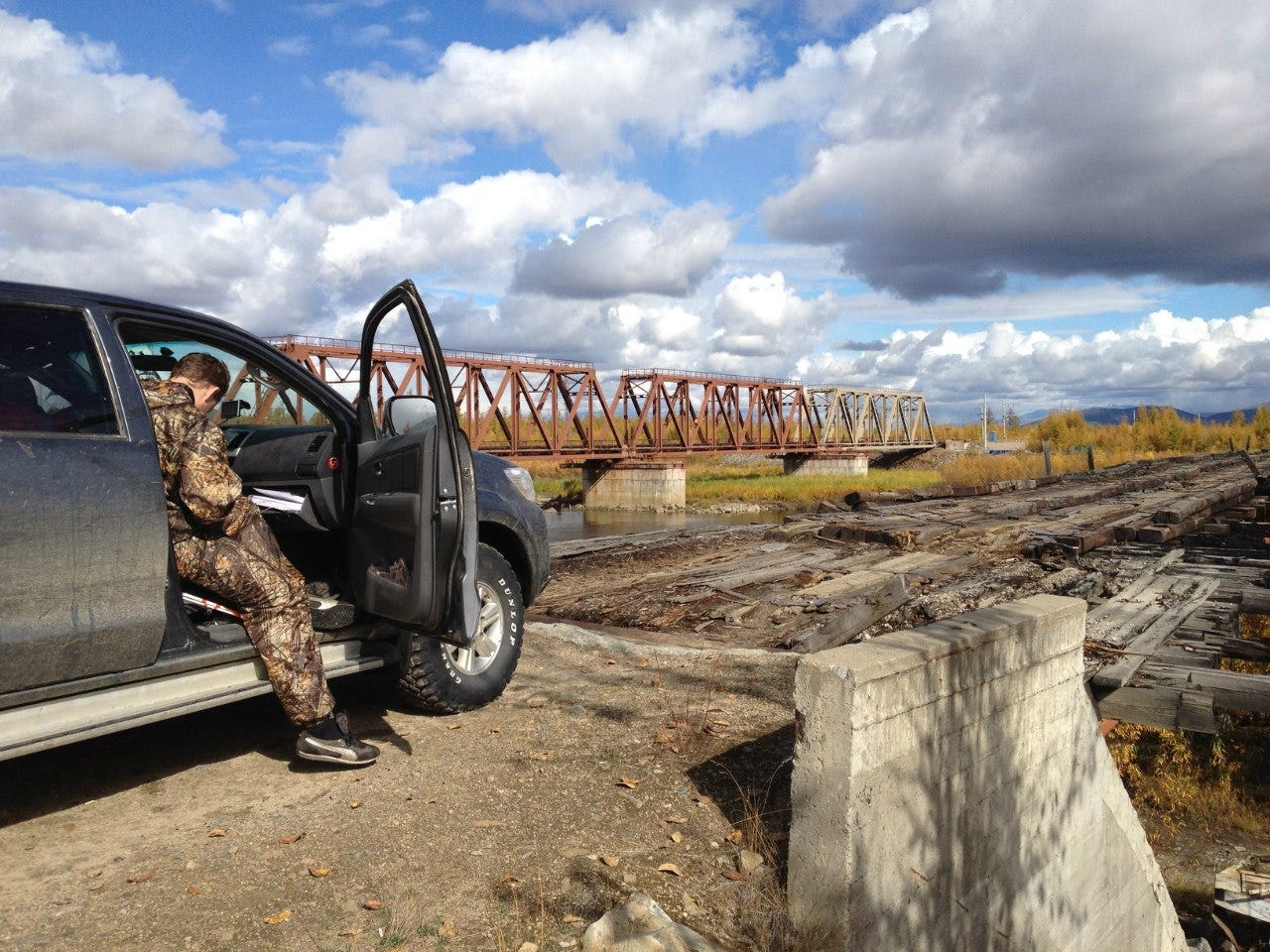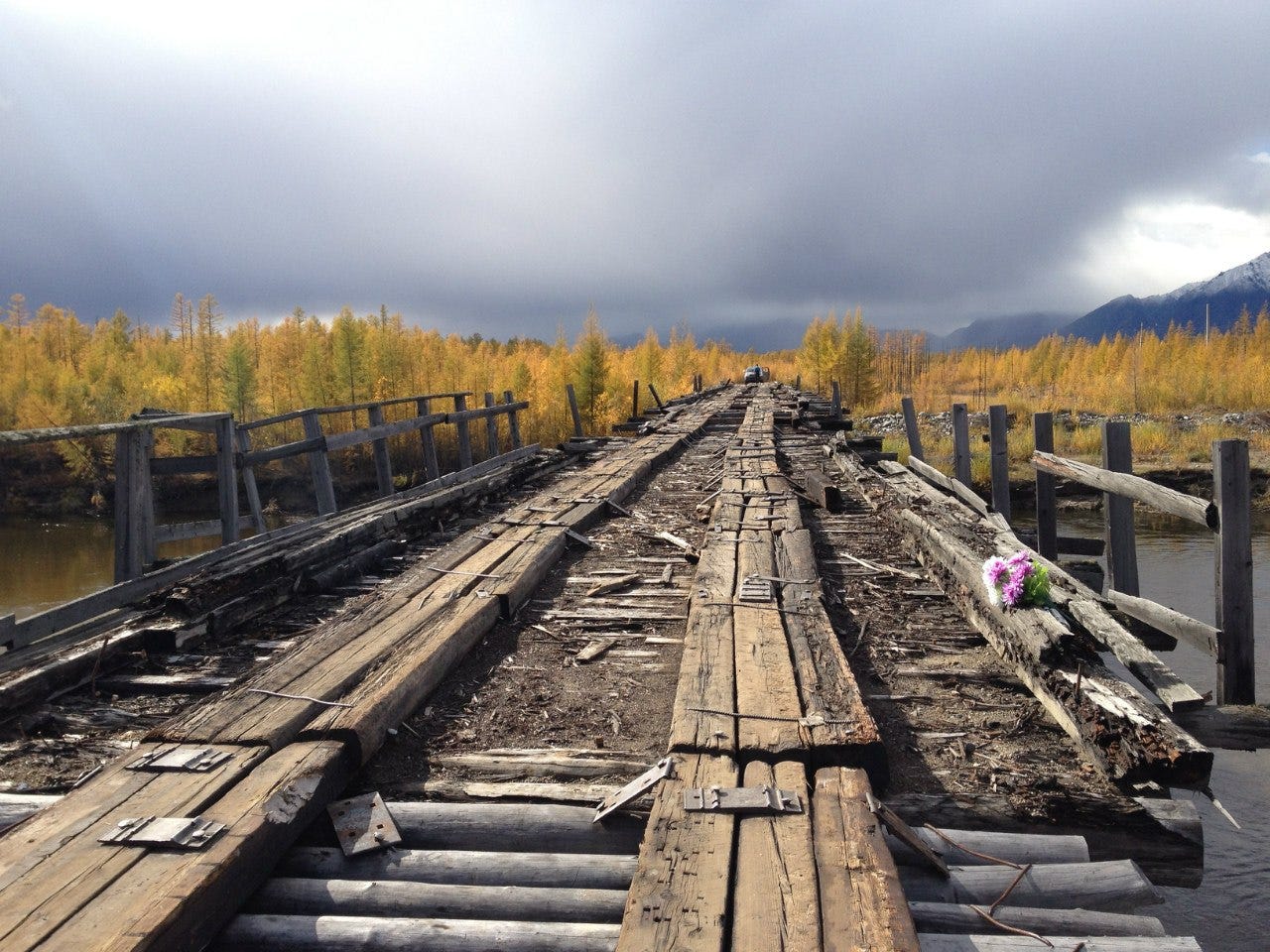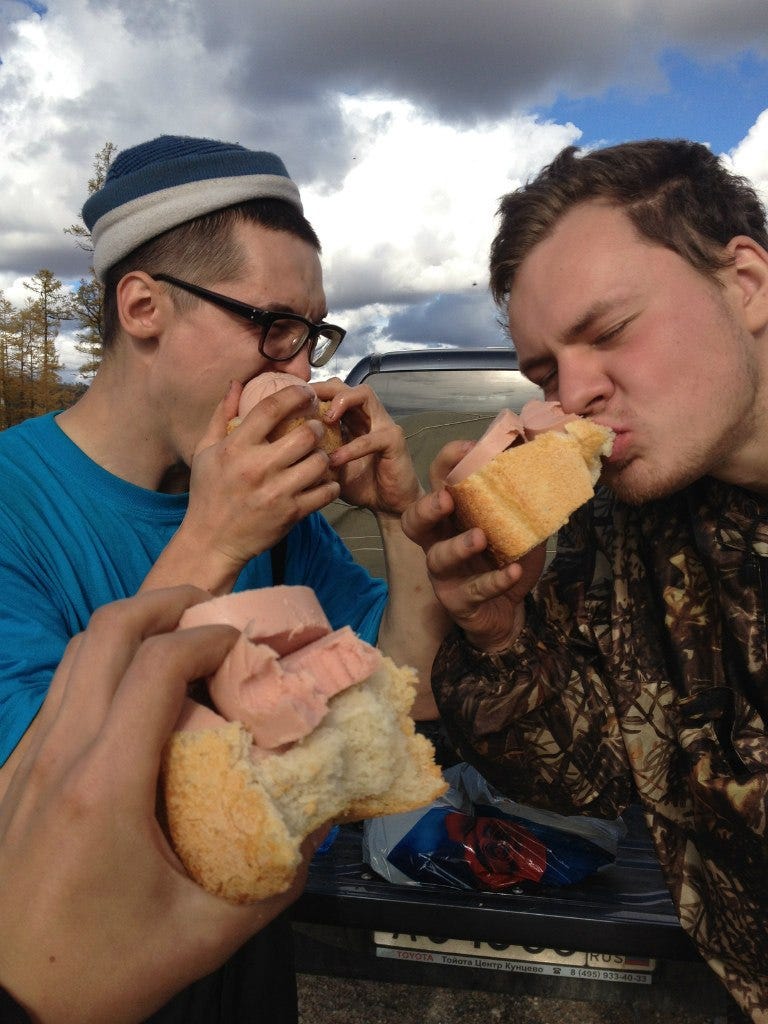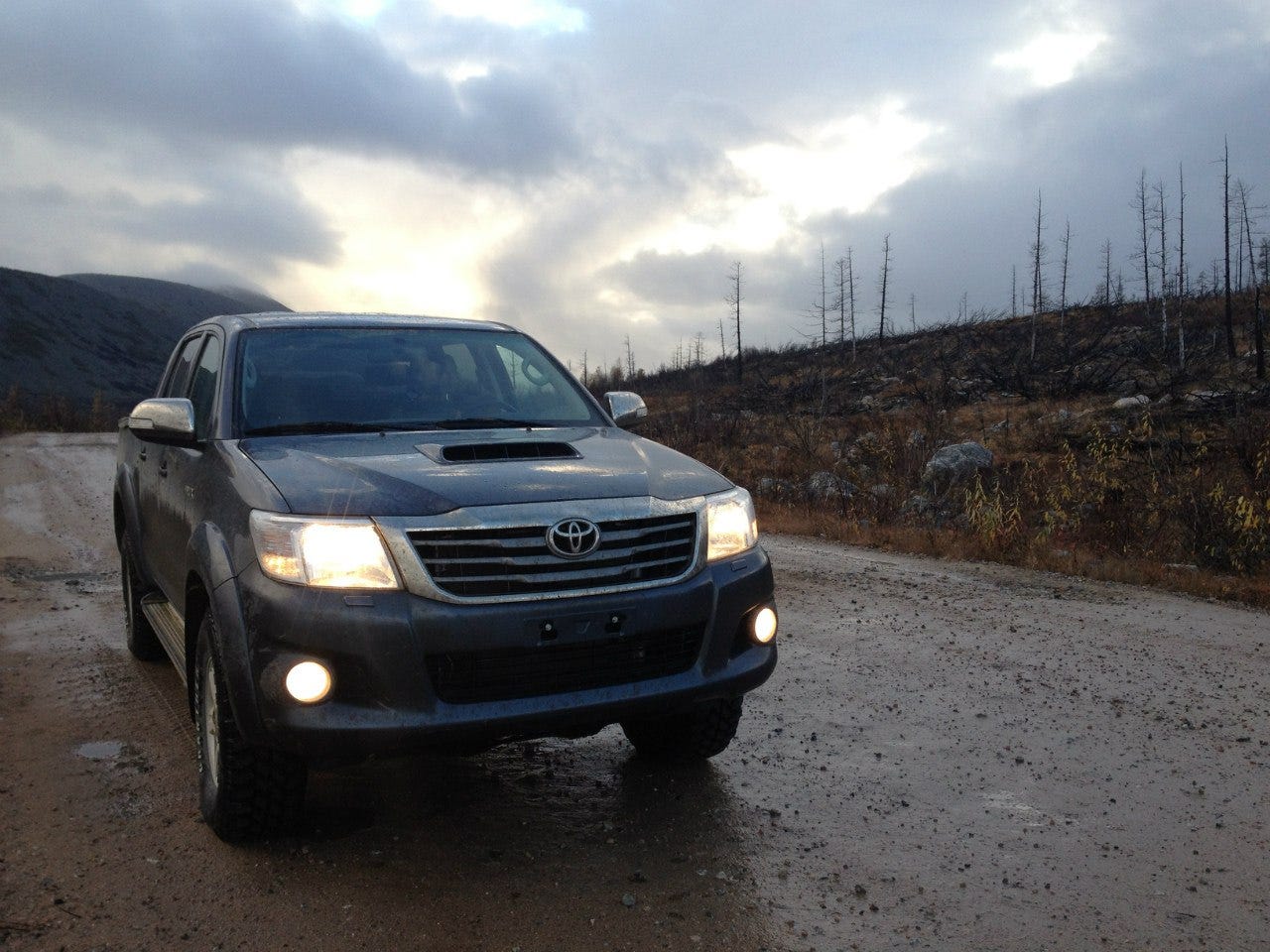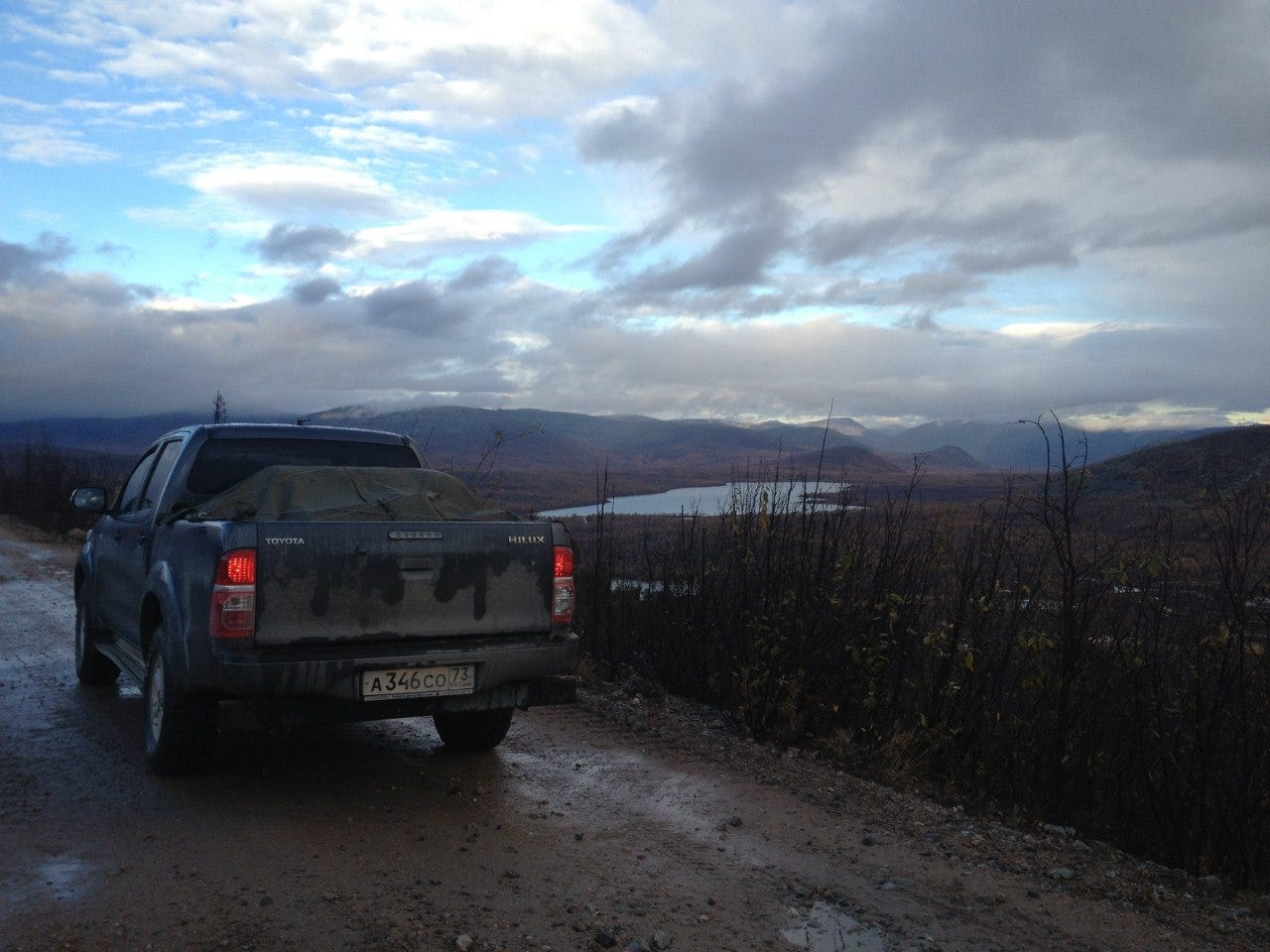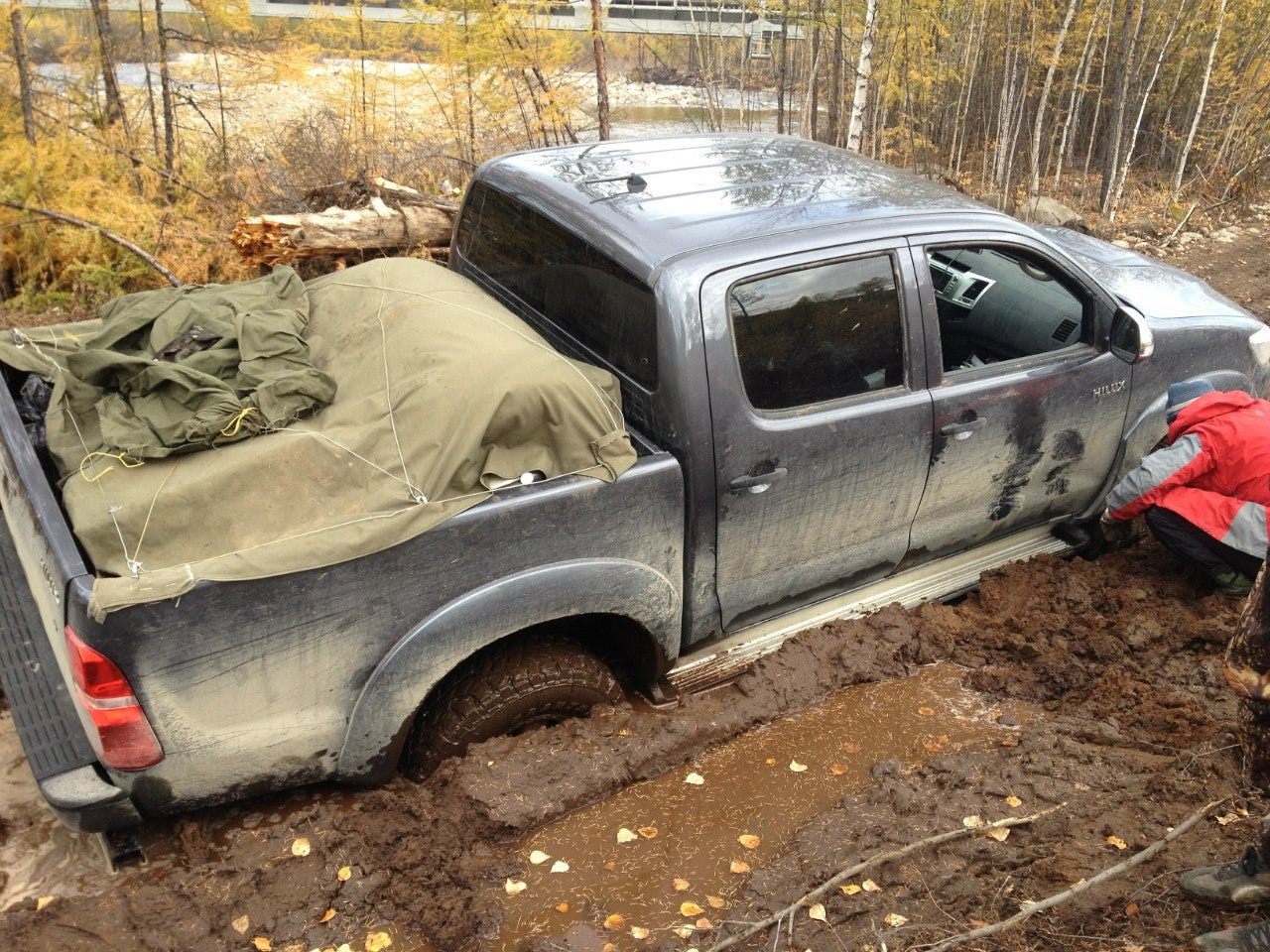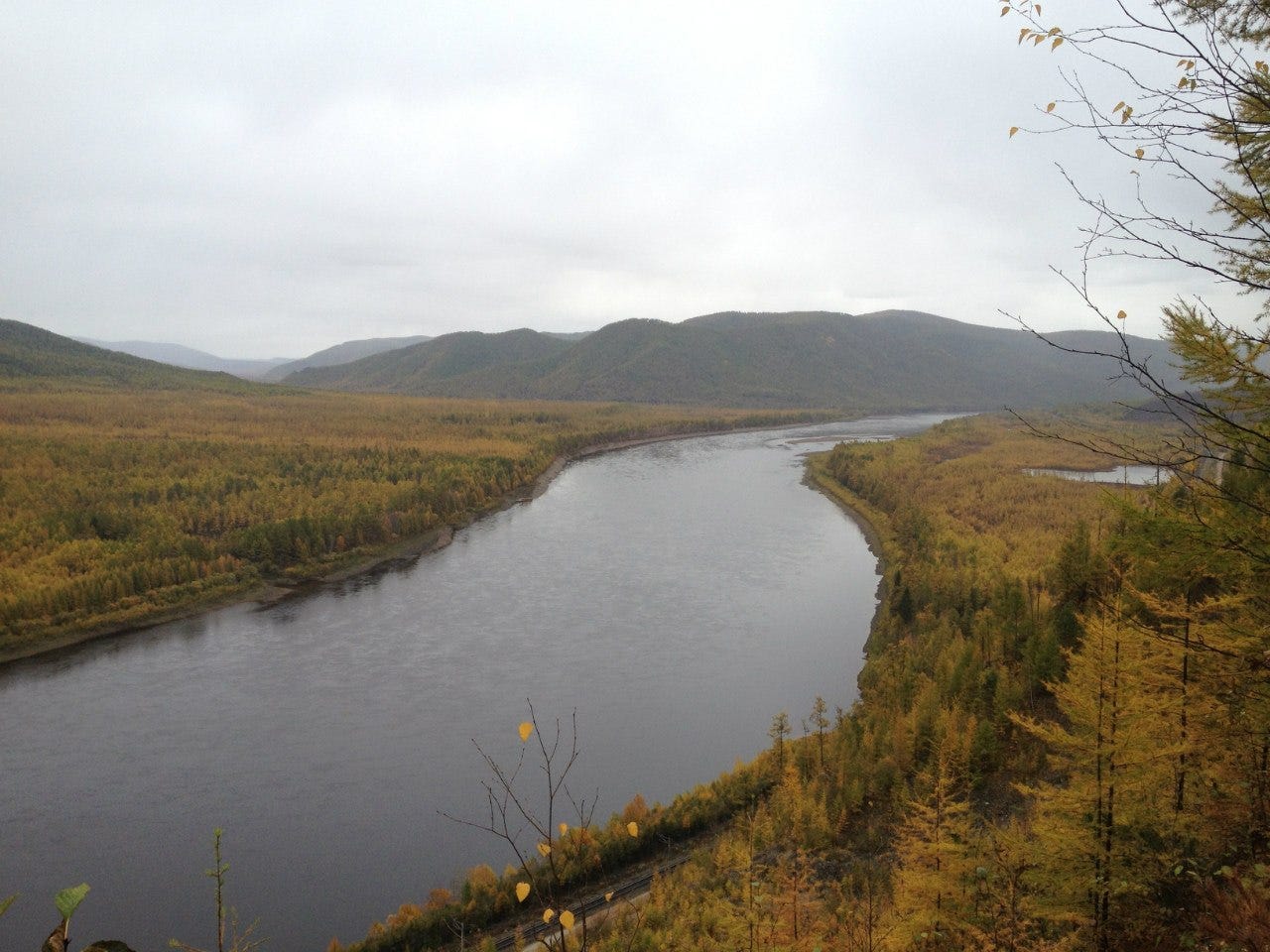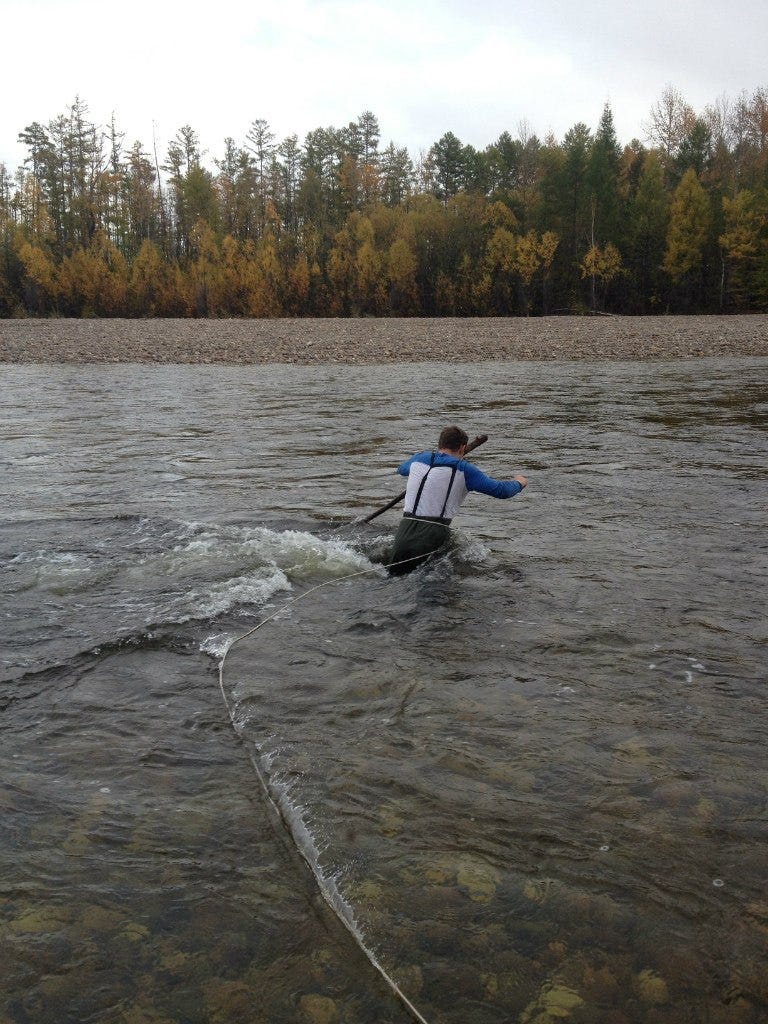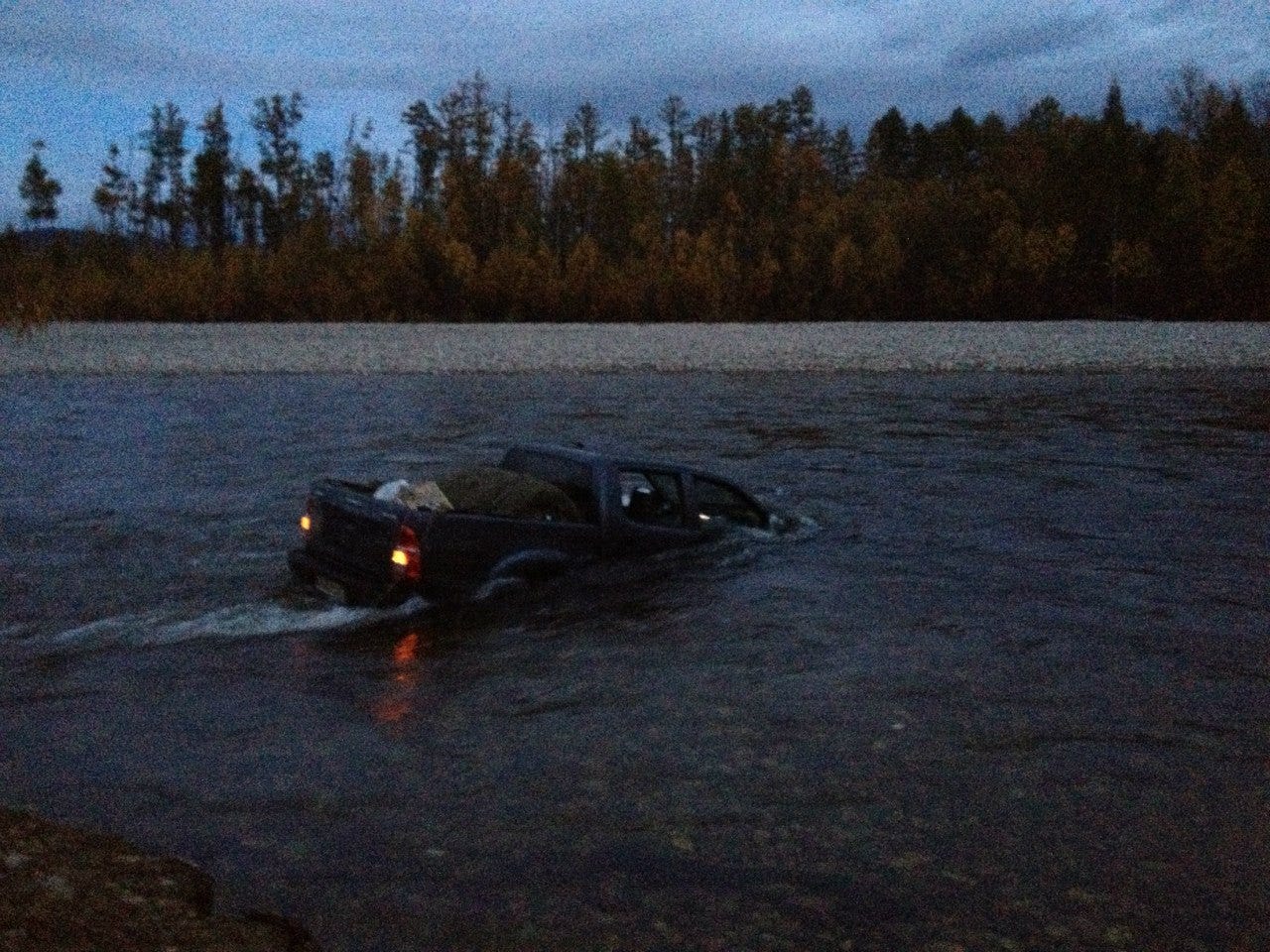A Tale of Three Friends
The more precisely the position is determined, the less precisely the momentum is known in this instant, and vice versa.
Some of the best stories start with bad decisions in good company. This is one of them.
It was a typical Friday night in Moscow, the kind where time flows as freely as beer, and the world seems full of brilliant possibilities. Three of us – Andrew, Genya, and Ivan – were huddled around a pub table, several empty glasses already marking the evening's progress.
"Let's drive to Kamchatka," Genya announced, his eyes bright with the particular kind of certainty that only comes after your fourth beer.
We burst out laughing. Genya didn't even own a car, and here he was, planning a road trip to one of the most remote places in Russia. We ordered another round, made more ridiculous plans, and eventually stumbled home, the way you do after a good Friday night.
Then Monday happened.
The familiar Skype notification sound (god, remember Skype?) brought us all back to that pub conversation. Genya had actually gone and bought a car. Not a sensible city car, mind you, but a Toyota Hilux – the kind of vehicle that looks like it's ready to cross a desert even when it's parked at a supermarket.
There was just one small problem: you can't actually drive to Kamchatka in summer. There's no road. Look, seems they are still a bit far away from building it:
But by then, the idea of a grand adventure had taken root. So we did what any reasonable people would do – we picked a different impossible destination.
Magadan became our new goal, but we weren't going to take the easy way there. No, we decided to follow the BAM railway line – one of those massive Soviet projects that cuts through wilderness most people never see.
Our original plan of three weeks of vacation time quickly proved laughable. Looking at the actual maps (finally, some proper planning!), we cut the route. That’s the final plan, as sometimes the best part of an adventure is admitting you might have been a bit too ambitious.
Genya and Andrew took the new Hilux to Genya's hometown first, for some modifications and to stock up on supplies. I joined them three days later, finding them surrounded by paper maps and empty energy drink cans, plotting our route through places that Google Maps seemed uncertain about.
All our photos were taken on iPhones – no fancy cameras or equipment. Just three friends, a sturdy truck, and a route that made our mothers nervous when we finally told them about it.
Looking back now, I still can't decide if we were too stupid or too brave. Maybe both. But isn't that how all the best stories start?
Day 1:
Picture this: It's pitch black, and we're on an epic quest to find the 'perfect' campsite - you know, the one that apparently exists only in our driver's imagination. 'Not remote enough!' they keep declaring from behind the wheel, as if we're searching for the lost city of Atlantis rather than a place to pitch our tents.
We drive deeper and deeper into the wilderness, our headlights cutting through the darkness like we're starring in our own adventure movie. After what feels like hours of playing 'Too Close to Civilization,' we finally find our supposedly secluded spot. Only when dawn breaks do we realize we've achieved the impossible - camping in what's essentially someone's oversized backyard, complete with a view of their garden gnomes. So much for our 'off-the-grid' experience!
Here's this domestic cat casually judging our 'wilderness expedition.' In my head, we were somewhere between Narnia and the edge of the world. Reality: barely a cat's stroll(about 1000km-ish) from Moscow. So much for my dreams of becoming a National Geographic explorer!
The magic of camping near the Urals: where you can embrace nature's perfect harmony - pristine wilderness, showers (yes, you see the lake?), and a sunrise symphony... interrupted only by the competitive snoring orchestra from your tent mates. Nothing says 'one with nature' quite like trying to distinguish between your friend's snoring and a distant bear.
Pro tip: when Google Maps shows you a 'lovely lake nearby,' maybe zoom in a bit more. Turns out that picturesque blue patch on the map had a not-so-little surprise for us - a charming swamp appetizer before the main course! There we were, professional 'remote spot hunters,' proudly following our trusty map to what we thought would be our perfect lakeside paradise. Nature's plot twist: soggy terrain edition. Guess the map makers figured 'why bother marking a tiny swamp? Let them discover the joy of unexpected puddle-hopping themselves!' Next time I'll remember that in the great outdoors, 'taking the scenic route' sometimes means 'accidentally discovering every unmarked marsh in the region.
Believe it or not, that's a proper autobahn you're looking at - just casually sitting 5,000km from Moscow. Our best moment? Walking into a Toyota service center with our 6-day-old car. The manager's expression was priceless - trying to process why anyone would need a service check on a basically brand-new car. We managed to convince him eventually!
Oh, and this was back when Genya was still treating the car like a newborn - only the finest branded gas would do. Those were the days... before reality kicked in!
This relatively new bridge was famous…with what → have no clue.
So here's Baikal from its introverted northern side - the part that doesn't make it onto postcards. Looking at this massive 'not-so-small lake' , we had this brilliantly optimistic plan: 'Hey, let's just zip down to the tourist-packed south side. Should take what... a week or two?
Staying on route is actually pretty simple. Just keep the railway in sight. If you haven't seen it for a while, you've probably gone wrong somewhere. And try not to get too distracted by the views - the whole road looks pretty much like this.
Fun fact: while officially there are no car routes marked here anymore, reality has a different story to tell. Wherever you find train tracks, you'll find these makeshift roads running alongside them - they're maintenance access roads for the railways. Not exactly highway material, but they'll get you there... eventually!
Thank goodness for summer water levels - any other season and this would've been less of a road trip and more of a submarine expedition!
Novy Uoyan. A tiny town of probably no more than a thousand people. Let's just say they have a... unique approach to lakeside maintenance - we had to scout around a bit to find a cleaner spot for a break. This is also where the 'somewhat decent' road ends. Fair warning: if you're driving anything less rugged than a proper off-road vehicle, you might want to reconsider your life choices before continuing further.
This marks the line between 'adventure' and 'serious off-roading' - definitely not territory for your standard city car!
The BAM railway was originally planned as a double-track line, but today it's mostly single-track, with an embankment already built for the second track. Local folks treat this potential second track almost like a second coming - their ticket to a brighter future. Suggest that the BAM might not be economically viable? That's practically fighting words around here!
This unused embankment has become an unofficial road for cars, much to the railway workers' dismay. They've blocked most access points in this section, though it gets easier further along. In some spots, it's actually the only way through. That said, it's often more practical to stick to the 'road' - every railway bridge means hunting for a way down and back up again, often involving some creative reverse driving. The locals, of course, know all the tricks.
And about those river crossings - there are hundreds of them. If you do end up driving on the embankment and a train comes along, conventional wisdom says to stop (some say turn off your engine, but that's more of a... flexible suggestion).
As you can see, the typical bridge sometimes may require a bit of maintenance.
Our bridge-crossing journey went from 'should we get out and thoroughly inspect every bolt?' to 'yeah, that looks totally fine!' in record time. At first, we'd spot these bridges and turn into a team of amateur structural engineers, complete with nervous poking and prodding. By the end? If it looked remotely bridge-shaped, we were confident it could handle our car. Amazing how quickly 'terrifyingly sketchy' transforms into 'looks like a perfectly reasonable crossing' when it's your tenth bridge of the day!
Behold the Vitim Bridge - a casual 800 meters of 'let's make things interesting.' You know you're in for a proper adventure when the bridge looks like it was inspired by an Indiana Jones movie. This isn't just any bridge - it's essentially a railway bridge that's been... shall we say, 'creatively repurposed' for cars. The kind of crossing that turns even non-religious folks into temporary prayer enthusiasts!
The BAM . We've covered pretty much every inch of it, almost always by car (as you'll see below). When we say 'by car,' we mean literally driving through terrain where roads are more of a suggestion than a reality. Picture taking your vehicle places where GPS politely suggests 'maybe try a helicopter?' But that's what makes it an adventure - when the journey involves equal parts driving skill and creative interpretation of what constitutes a 'passable route.'
Ah, and do you remember that Genya was picky about branded gasoline station? He struggled here a bit.
When it's dry, the 'road' (using this term very generously) is perfectly manageable in any 4x4 with ground clearance over 20cm. But then there are those... special sections.
In these parts, you might see a car once every two weeks - if you're lucky. And tourists? In our three weeks along the BAM, we didn't encounter a single one. It's one of those rare places where 'off the beaten path' is an understatement - because there's barely a path to begin with.
When they say 'remote,' they really mean it. No tourist convoys, no 'must-see' photo spots crowded with selfie sticks - just you, and the kind of solitude that makes you realise why most people stick to the regular tourist routes. Though I have to say, that's exactly what makes it special. It's like having your own private slice of Siberia!
Talk about misplaced priorities!
There we were, loaded up with enough Apple products to open a mini store in the wilderness, but somehow forgot to pack a hi-jack. Because clearly, posting theoretical status updates with no signal is more important than being able to lift your car out of trouble!
After our epic battle with the terrain (because nothing says 'earning your views' quite like first having to rescue your car), we finally made it to Lake Syulban. And oh. my. god. You know those moments when even your highest-res iPhone camera just can't do justice to what you're seeing? That was Syulban - a mountain lake so stunning it made all the mud-wrestling with our vehicle totally worth it.
Here's a little cultural nugget from the BAM: The train drivers greet you with their horns. It's not them warning you to get off their tracks - it's actually a friendly hello! It's one of those unwritten rules of the BAM route - a sort of solidarity between those who brave these remote paths, whether by rail or by car.
Some of these little bridges are still hanging in there... technically speaking. At each crossing, you play a fun game of 'Bridge or Ford?' If the ford looks simple enough, we usually skip the bridge - because why test your luck with vintage infrastructure when you can splash through water instead?
Speaking of testing luck - here's the bridge over the Chara River. Let's just say it's seen better days. Much, much better days. The kind of bridge that makes you seriously consider how good you are at swimming. You know a bridge is in 'interesting' condition when the river below starts looking like the safer option!
Most of the people know me as foodie…Proof
Welcome to the mountain pass where you get to experience all four seasons in one go! The stats are impressive: climbing up a kilometer in height within an hour, only to drop back down the same distance. The temperature swings a casual 8 degrees, and suddenly you're in what looks like tundra - nature's way of keeping you on your toes.
And here's the kicker - this isn't just any dramatic mountain pass. This is where they used to mine uranium( if my memory serves me well ).
Asking locals about road conditions is an... interesting exercise in creative interpretation. Everyone's got their own version of reality - it's like playing a game of 'Road Condition Telephone' where facts get more dramatic with each retelling.
The further away the road in question, the more mythical the stories become. Case in point: we told folks in Yuktali that the Vitim Bridge was still standing, and they were convinced it had long since vanished into thin air! Then there was this ford crossing that locals described as a terrifying death trap that 'swept away a UAZ' (pretty sturdy Russian 4x4, mind you). Reality check: the deepest part was just waist-deep water.
Pro tip: When a local says 'impassable,' it might mean anything from 'slight puddle' to 'actual lake,' and when they say 'perfect road,' maybe pack some emergency gear just in case. It's not that they're wrong - they just have a... flexible definition of what constitutes a road!
Ah, the Olyokma River - little did we know this was just our first introduction. Talk about a 'to be continued' moment! There we were, looking at her from a safe distance, completely unaware that we'd soon be getting much more intimately acquainted with her charms.
Ah, the ancient art of 'Will My Car Float?' assessment! Here's how you properly check a mountain river crossing WITHOUT finding out the hard way:
First, you get out of the car (shocking, I know) and do the time-honored tradition of walking the potential crossing path. A stick or pole is your best friend here - it's like having a really long finger to poke the river with. You're checking for:
Water depth (if it's above your waist, maybe reconsider your life choices)
Current strength (if you can barely stand, your car definitely won't enjoy it)
River bottom composition (rocks are good, sneaky mud pits are bad)
The best entry and exit points (because nobody wants their car doing an impromptu river dance)
Remember: looking cool in your 4x4 is temporary, but getting swept away in a mountain river is... well, let's just stick to the safety check!
Ah, miscalculated a bit
Pro tip: submersing your car in an ice-cold mountain river isn't exactly a recommended experience. Some facts you have to be aware if you want to repeat:
Car doors don't open underwater
Thank for our pre-opened windows - our emergency exit strategy
Mountain water is a balmy 2°C (feels like liquid nitrogen)
Electronics and water don't mix (RIP iPad #1, iPad #2, eReader, navigator, chargers, inverter, and camera)
But hey, we saved 3 MacBooks! Because priorities.
Picture this: there we were, stranded on our own private 'island,' more concerned about our soaked sleeping bags than our drowned gadgets. Our survival strategy?
We have some rough plan. Genya if I remember correctly was really concerned with his documents and that the ‘car-passport’ got a bit wet…
But here's where luck kicked in: just as morning came (and we were about to be pancaked by a massive ZIL truck full of geophysicists), our unexpected rescuers appeared! These guardian angels in a heavy-duty truck not only avoided crushing our tent but also pulled our car out of its 10-hour swimming session.
The best part? This was just at the 8,000km mark of our journey. Little did we know we had a casual 2,700km evacuation adventure still ahead of us...but that’s a different story.
You might wonder why I'm sharing this seemingly crazy adventure...
Would I do it all again with my friends? Well, here I am, currently planning a 3-week cycling trip through Japan. Probably less likely to involve submerged vehicles, but who knows? There's something beautifully ironic about planning new adventures while still telling tales of past mishaps.
Here's the thing about great adventures (and ventures): if we'd known all the challenges ahead - the lost electronics, the damaged car, my newly acquired gray hairs - we would've probably chickened out. And that's exactly why sometimes ignorance is bliss.
Life's best stories often start with that leap of faith - that moment when you just jump in (sometimes literally, as it turns out) without overthinking it. Sure, our story could've had a different, more comfortable ending. We could've stuck to marked roads, stayed at proper campsites, and kept all our gadgets dry - just like we could always stick to safe, well-trodden business paths. But would I be sitting here years later, grinning while writing about it? Probably not.
Sometimes the best memories come wrapped in wet sleeping bags and rescue missions. And while my insurance company might disagree, I wouldn't change a thing about how it all played out.
Besides, now I have the perfect response when someone asks me about my most interesting road trip...

